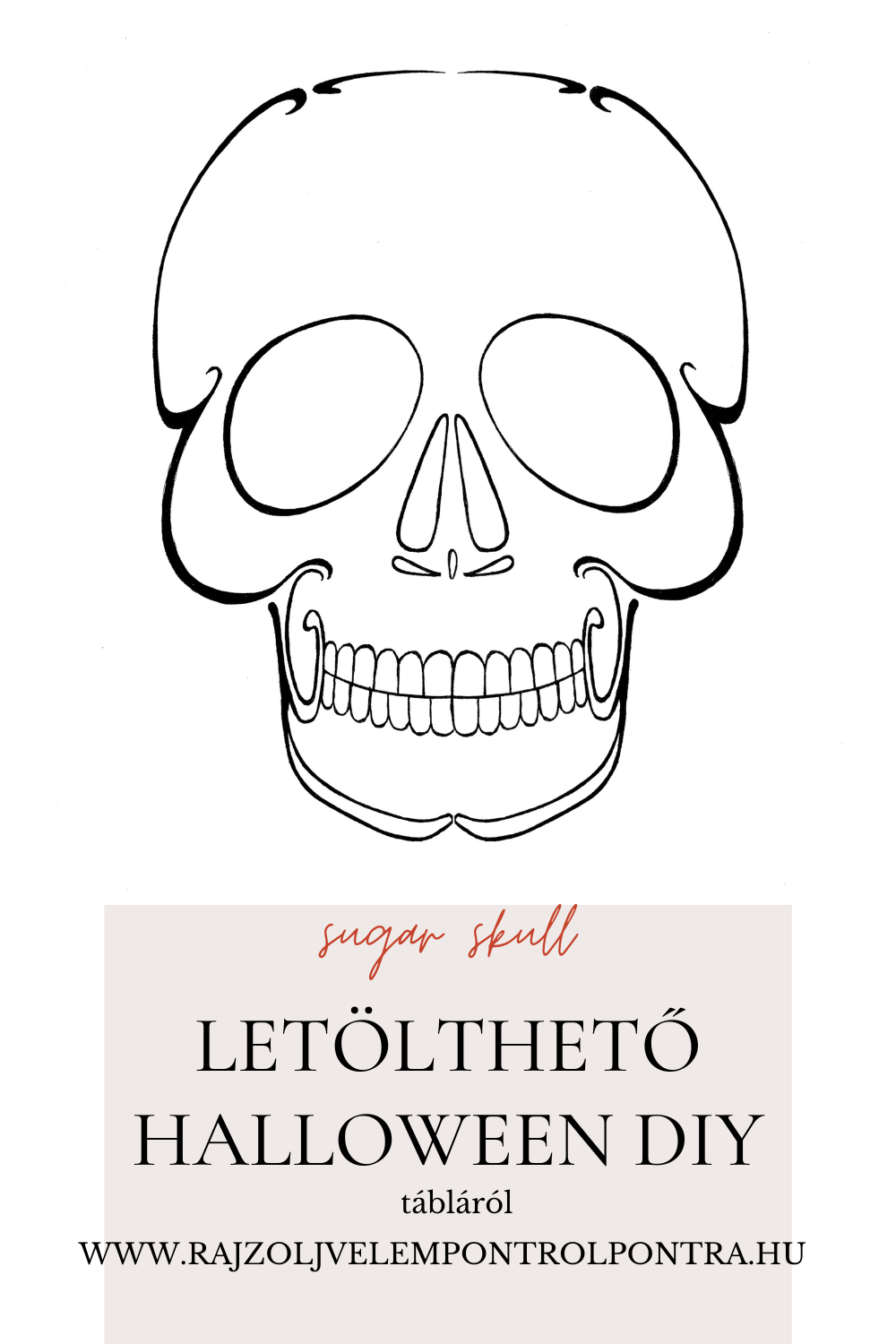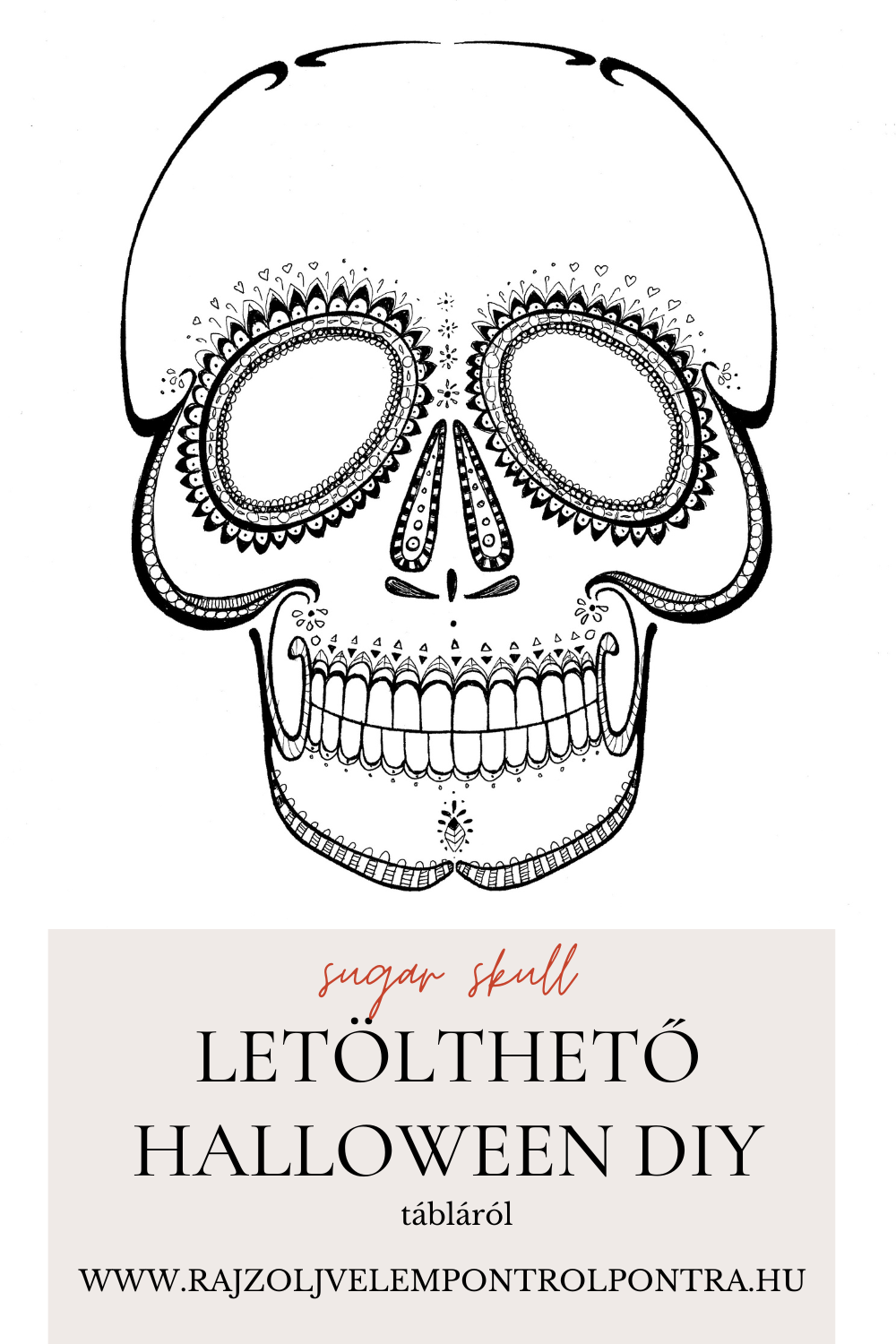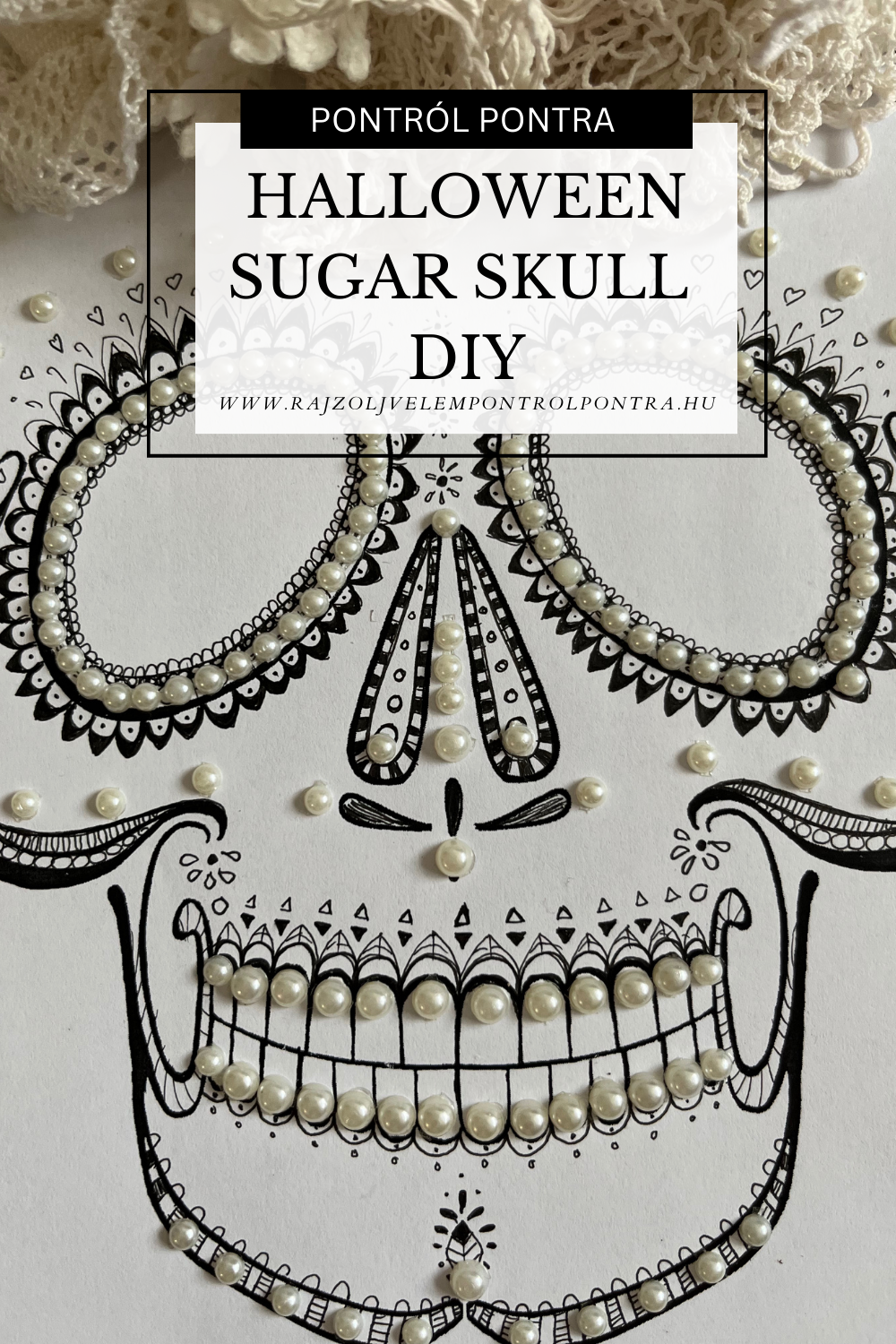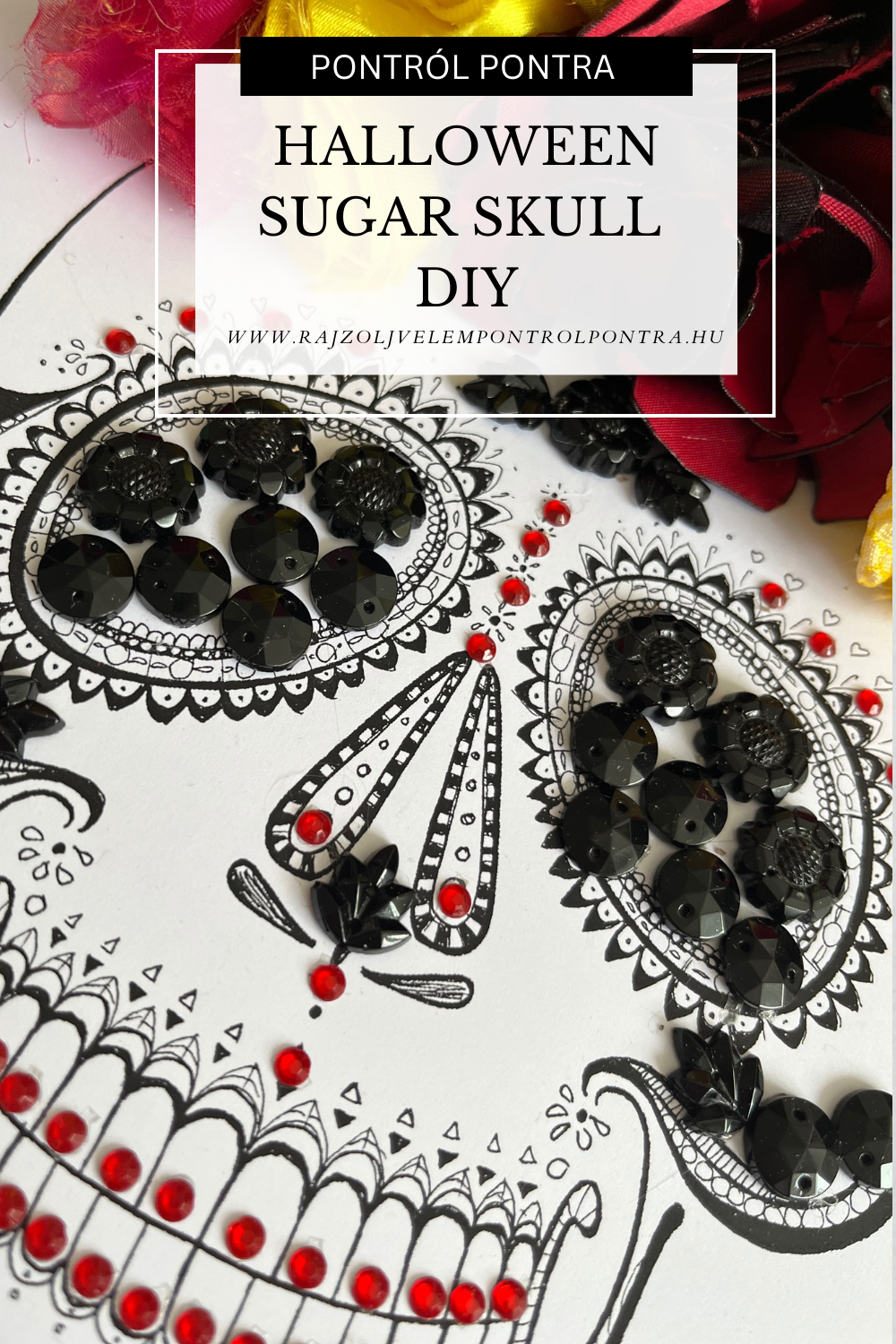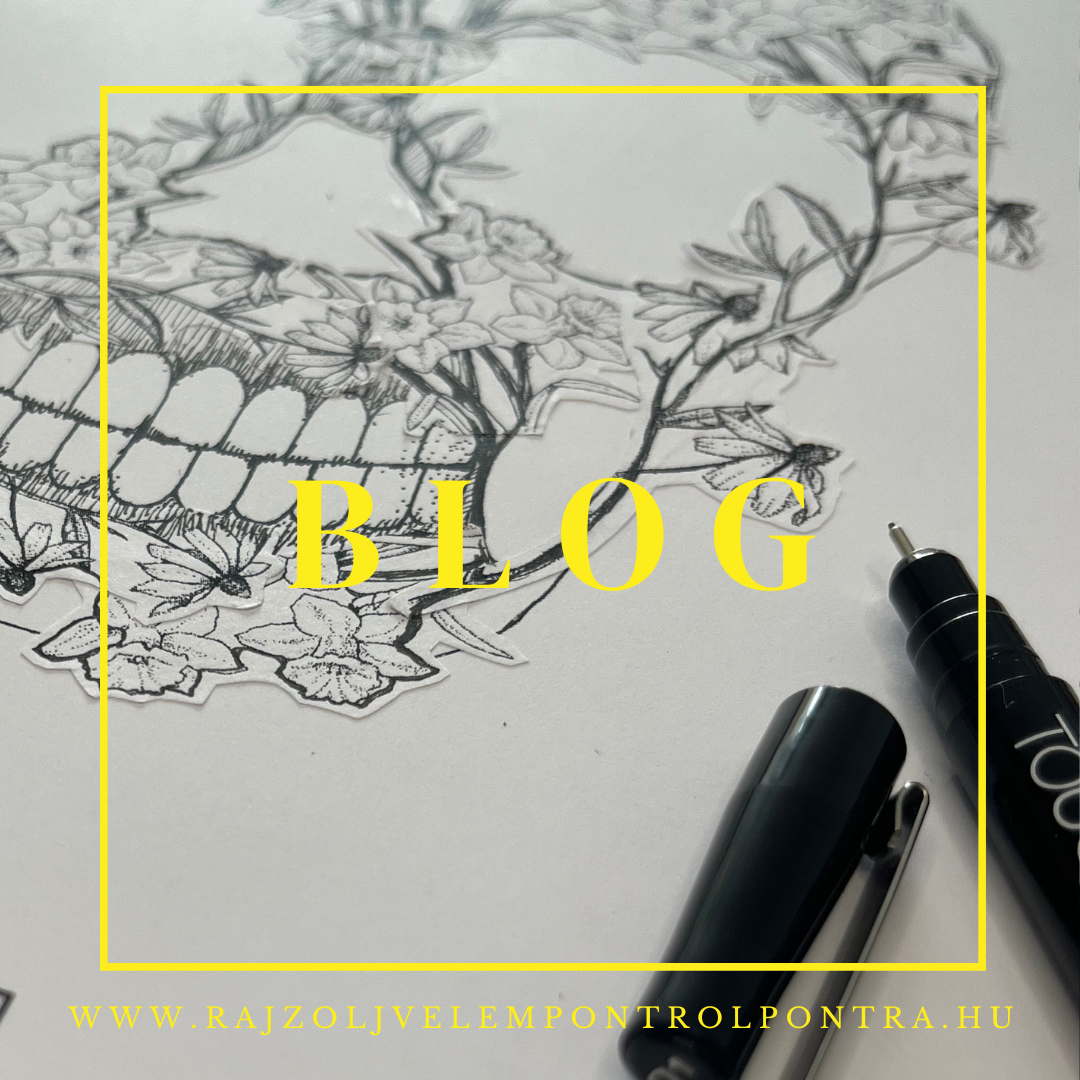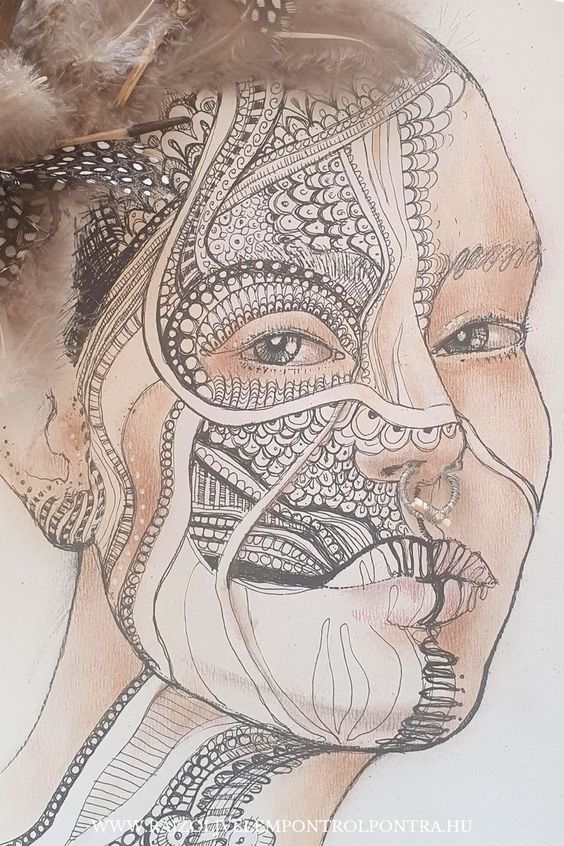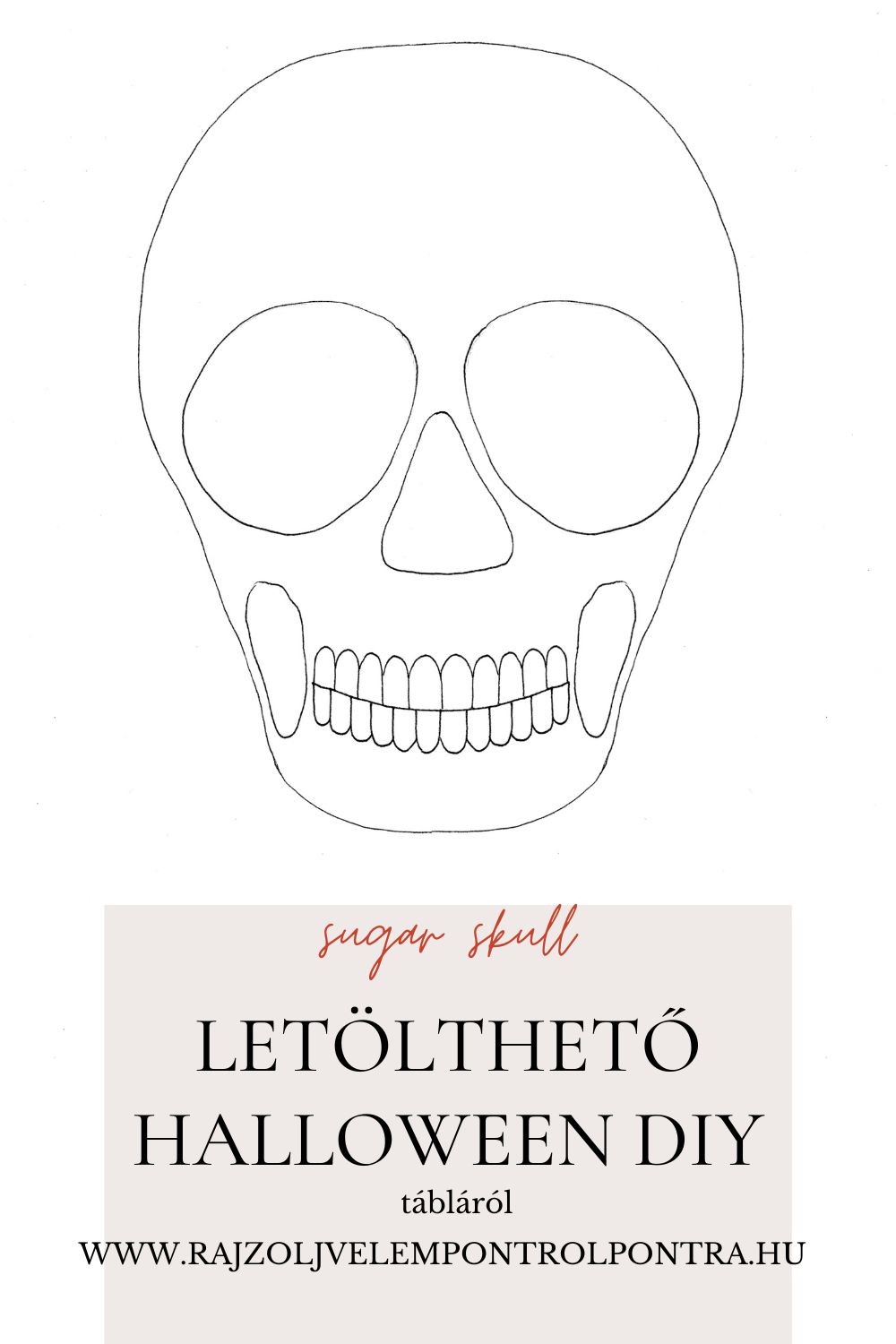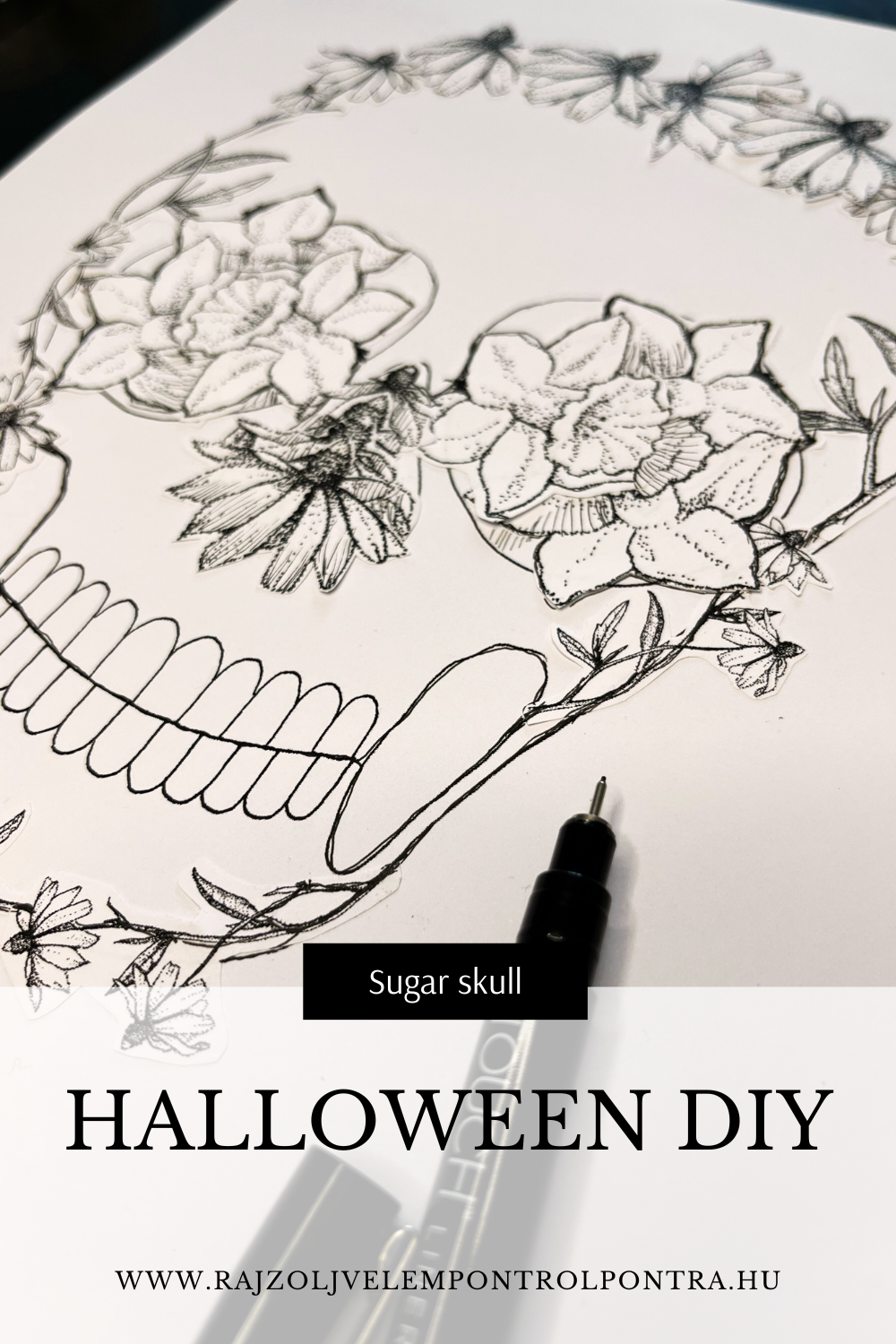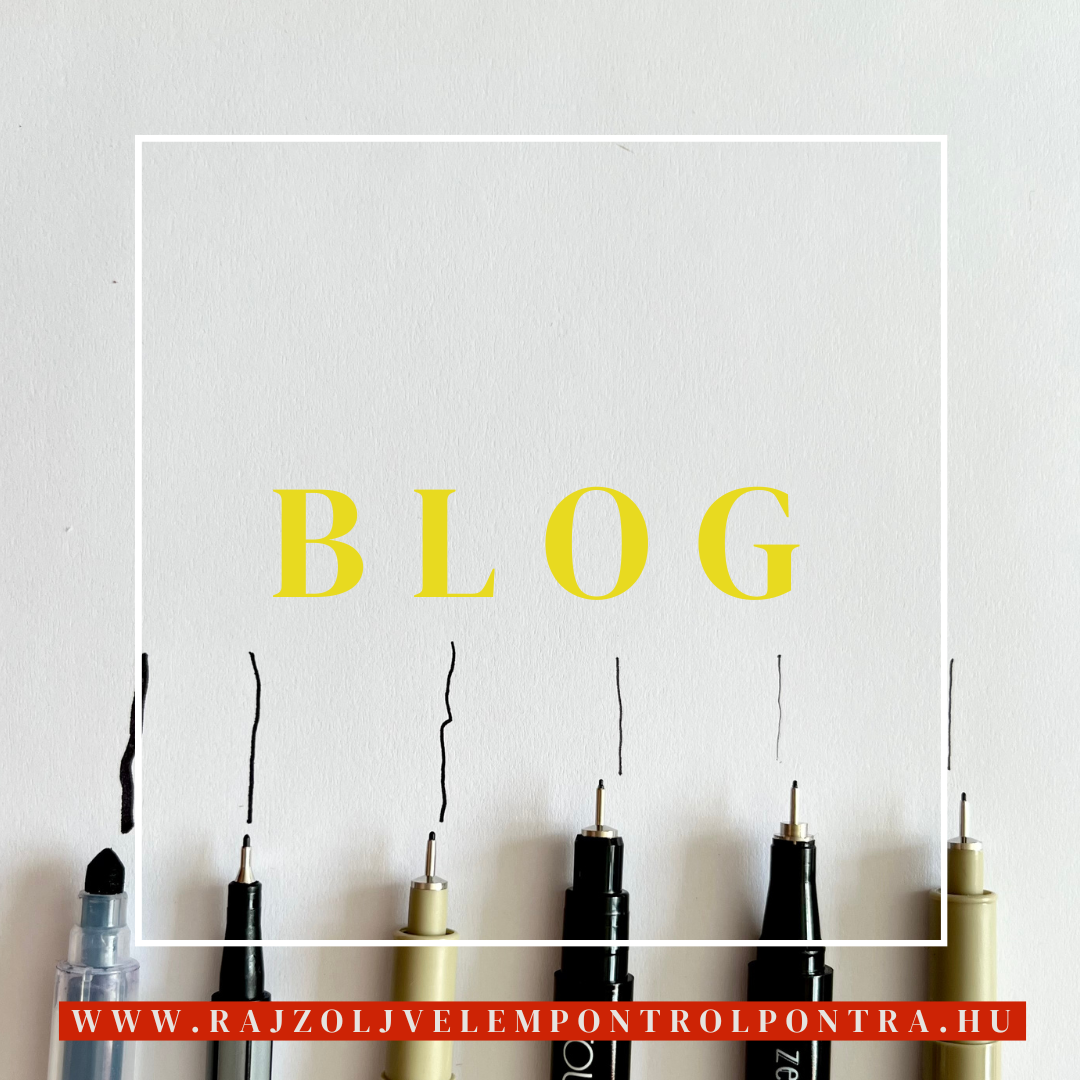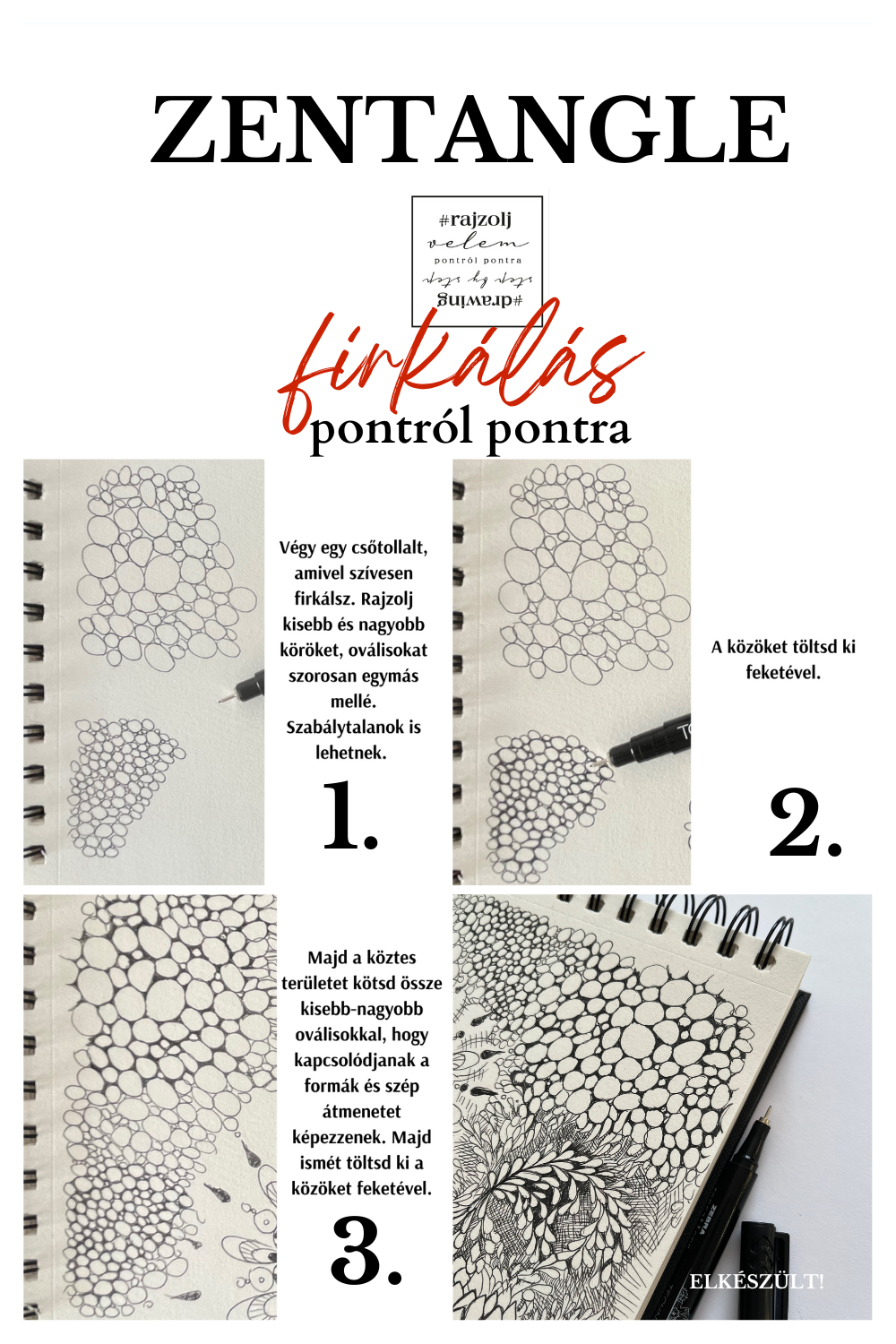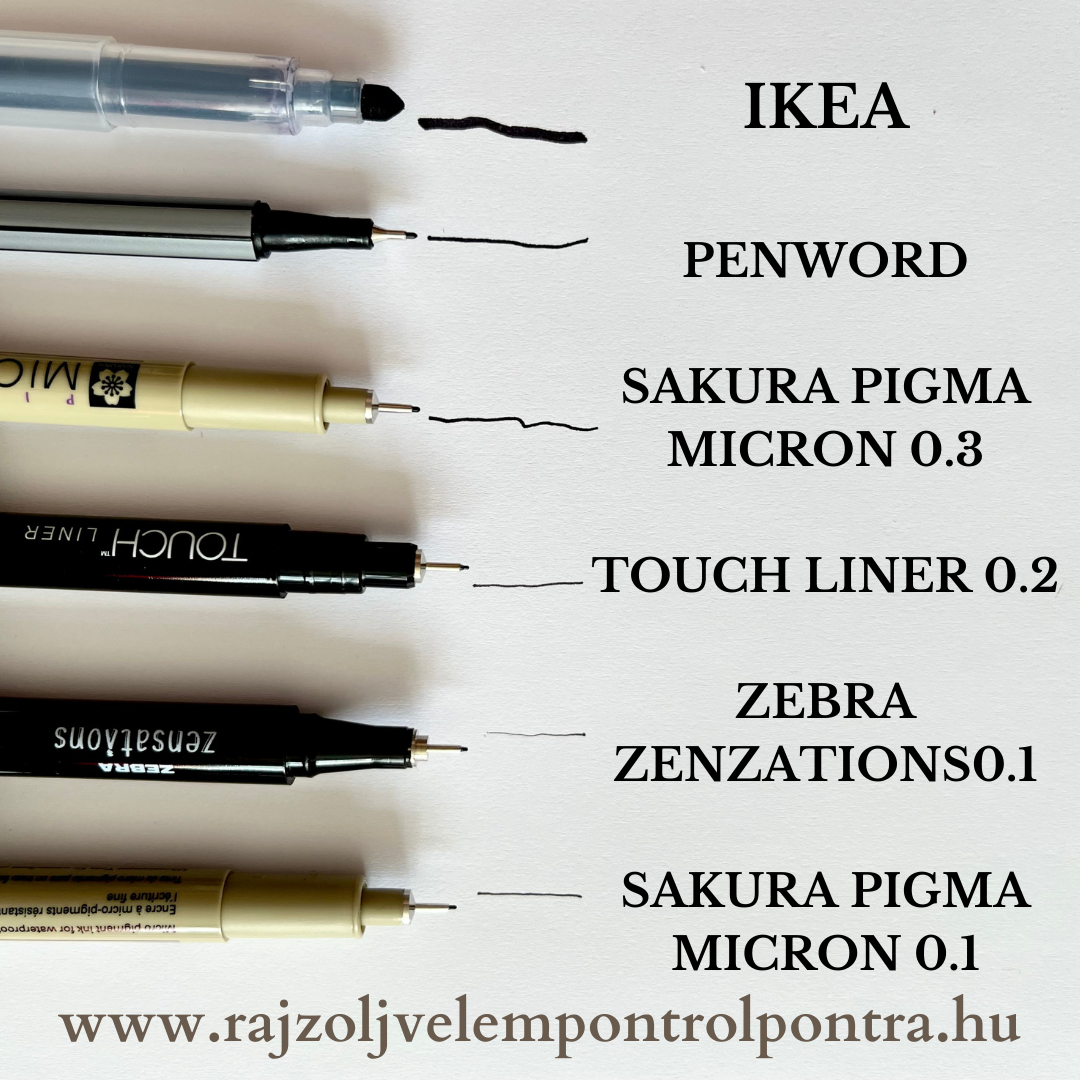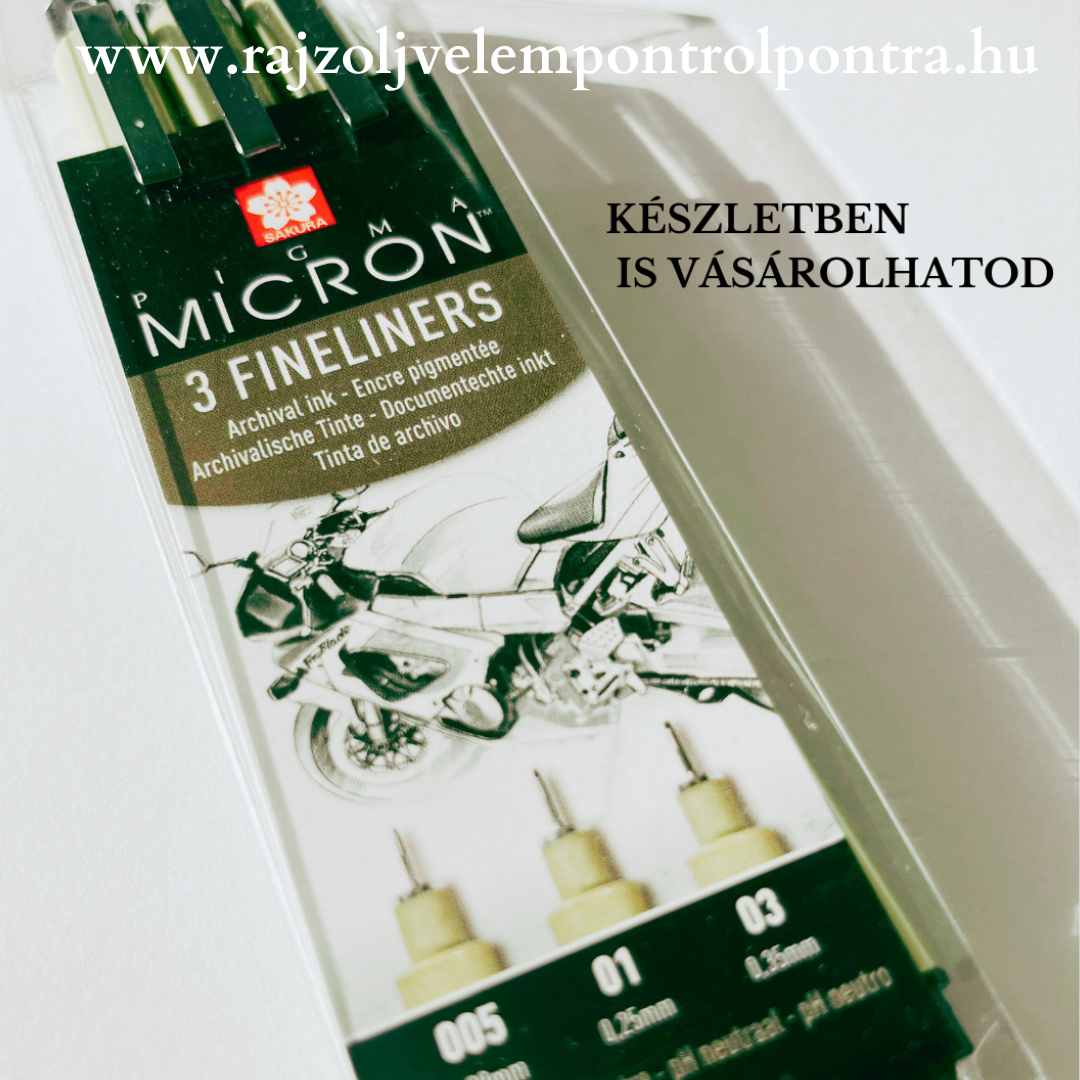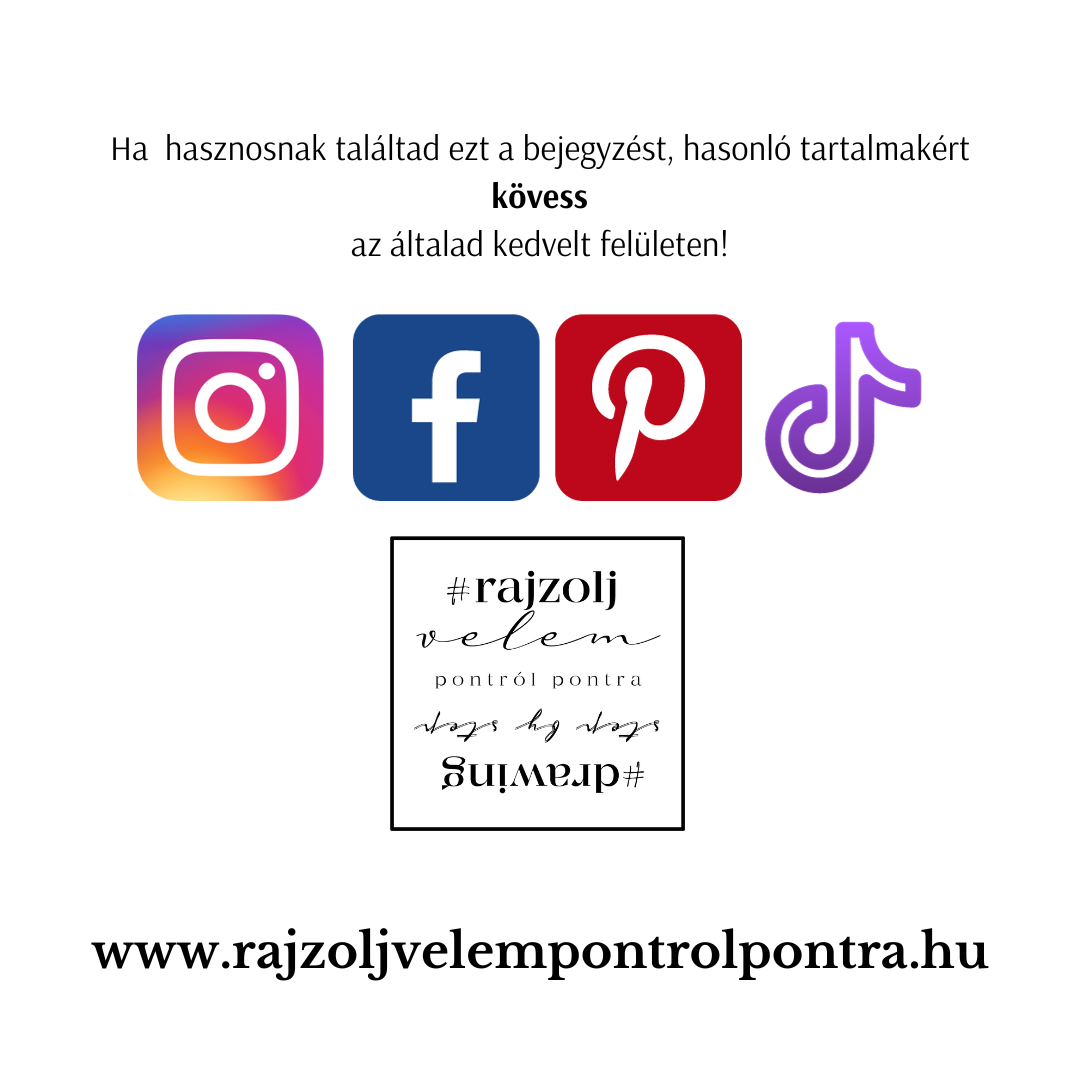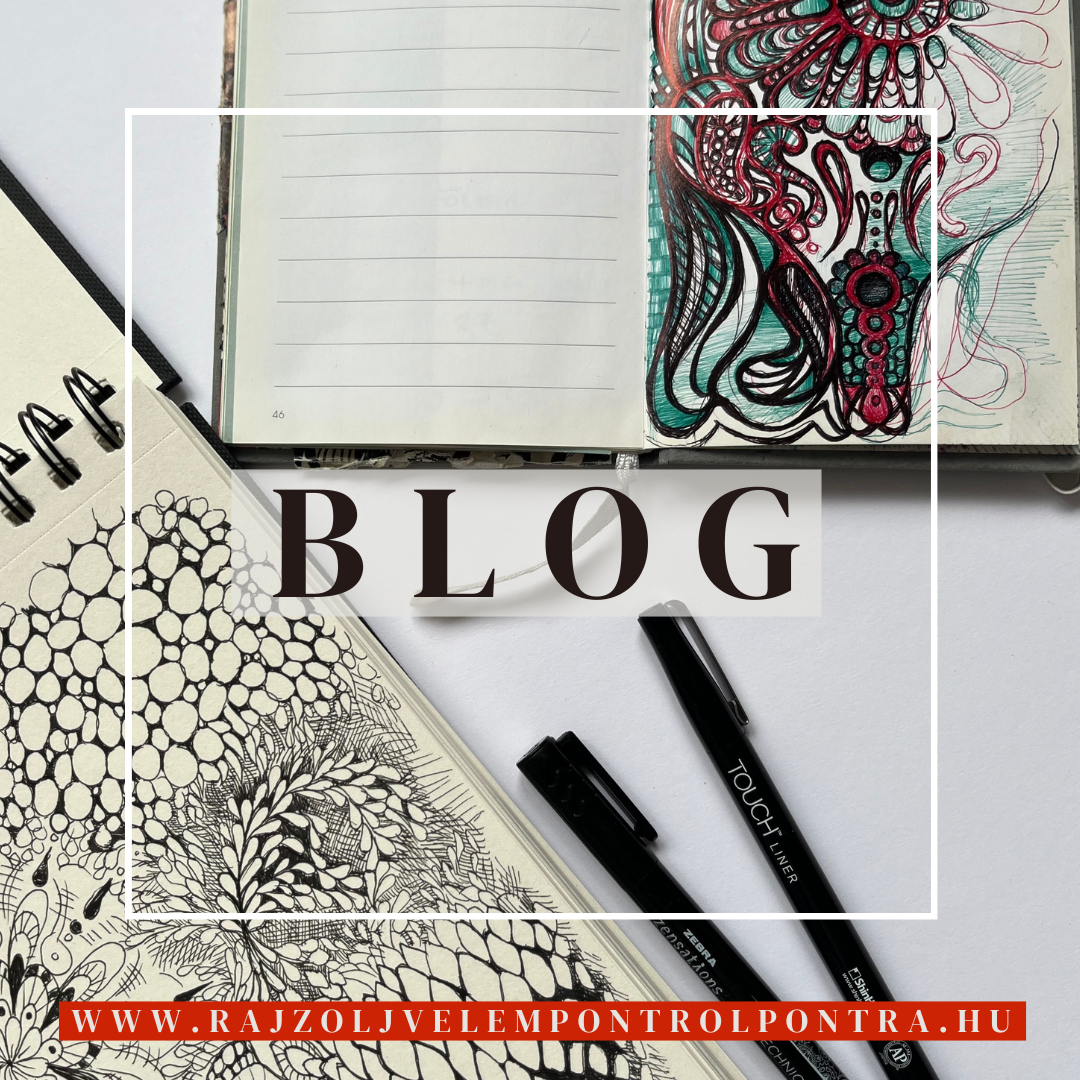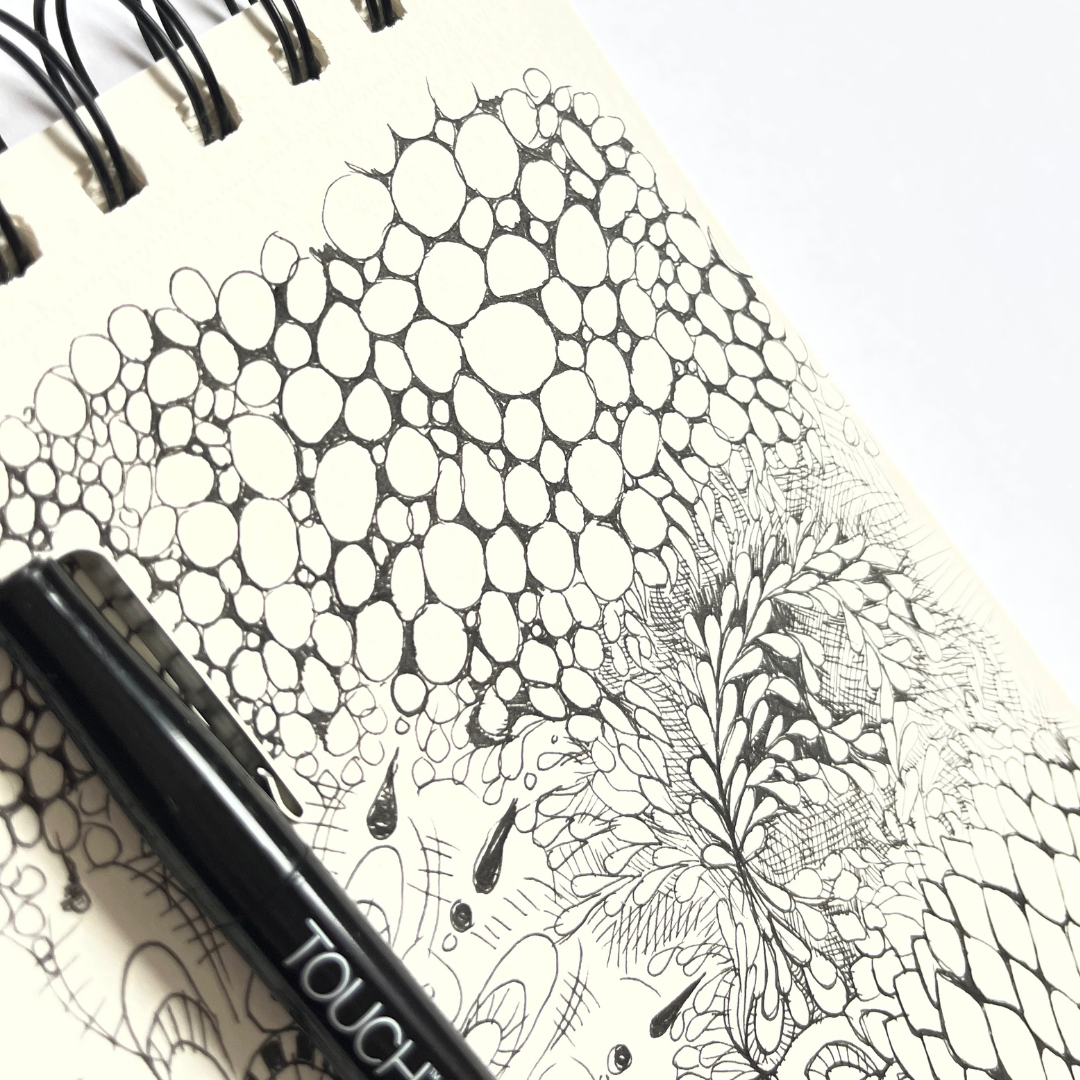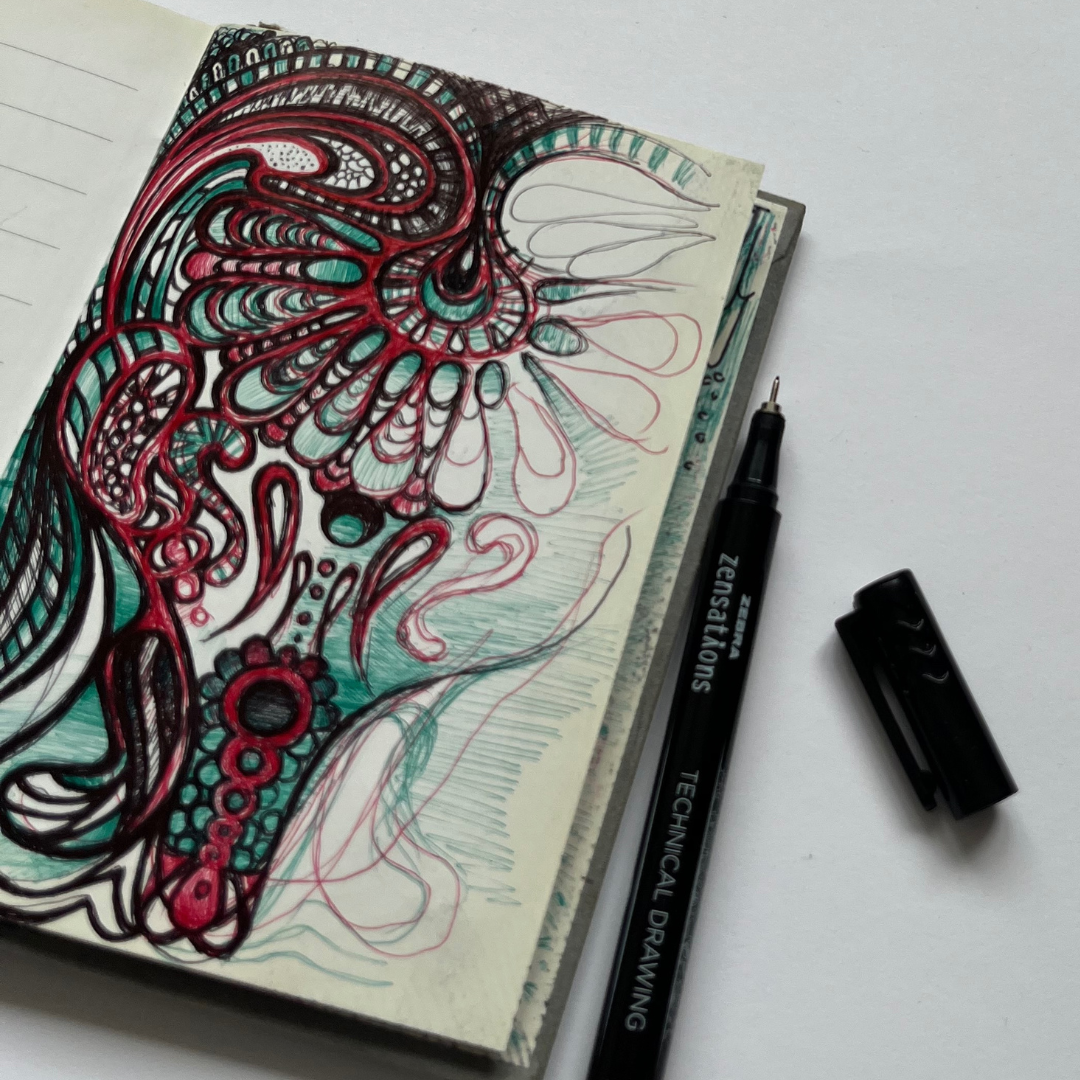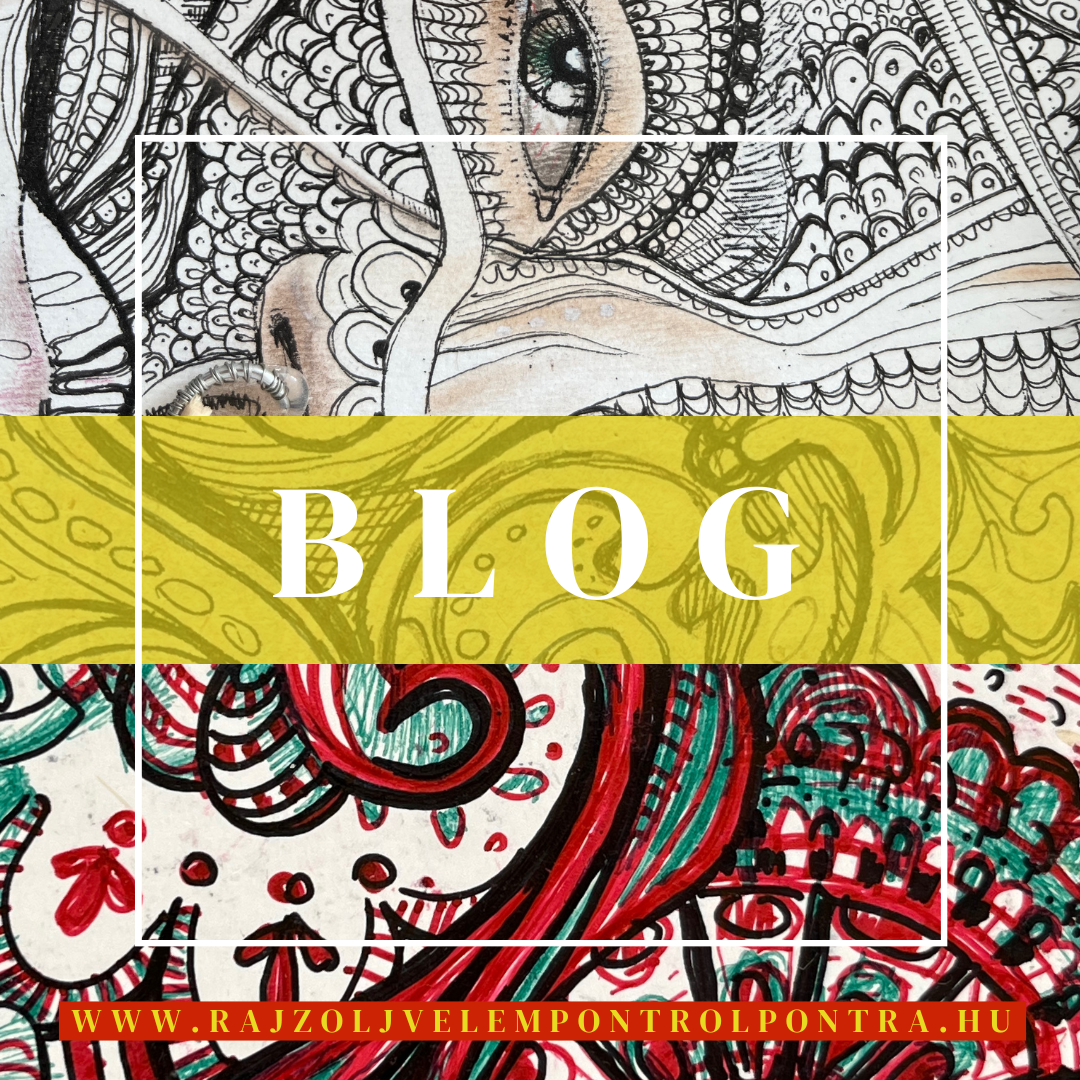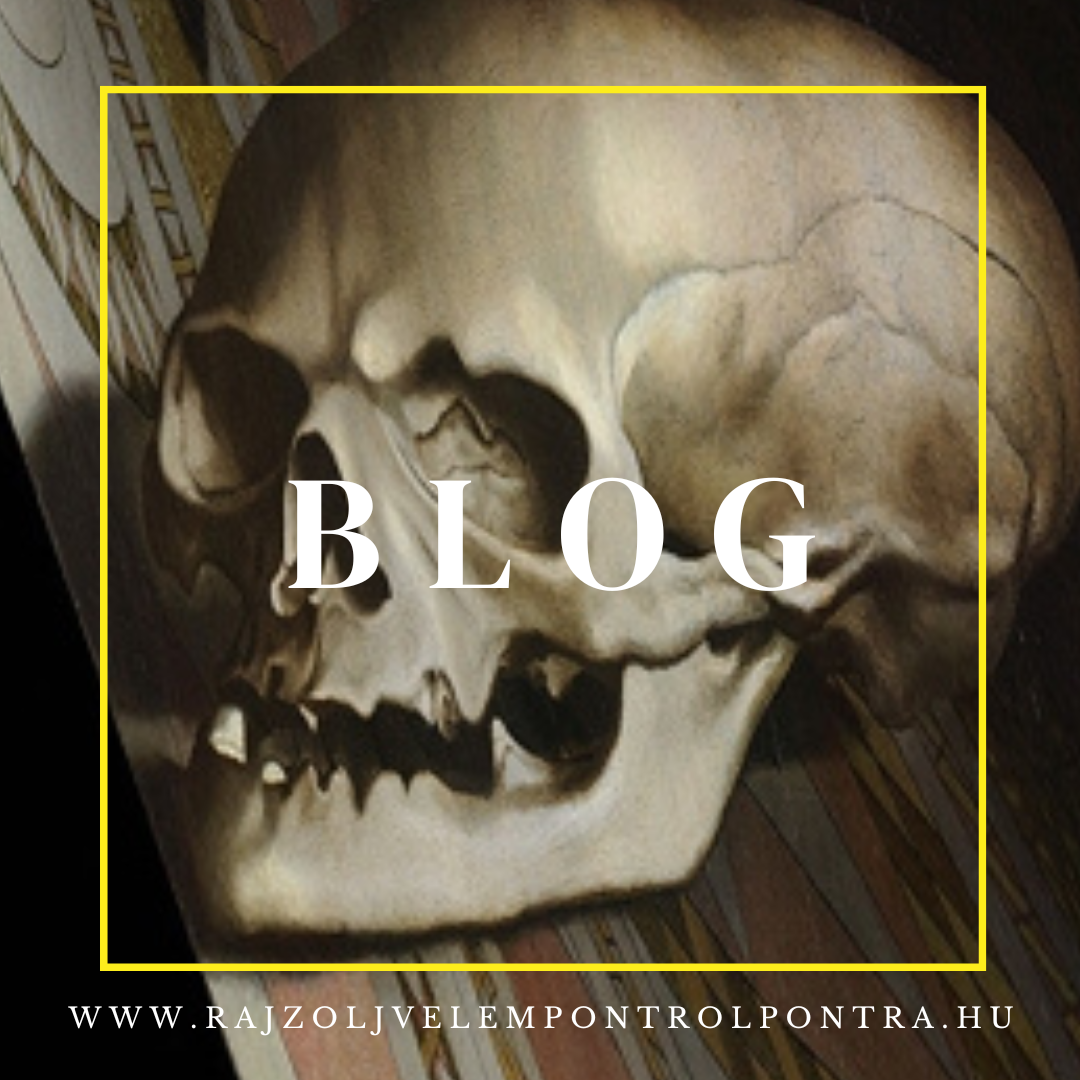
Ha a Mező liliomai, a Carpe diem, az Itt és most valamint a Halloween karakter nevek lennének egy filmben, vajon mi lenne a film címe, és mi lenne a karakterek viszonya? Ki a hős, ki az áldozat, van-e megmentő? És hol játszódik a story? Mi az összefüggés közöttük?
Ha nekem kellene a feltett kérdésekre válaszolni, akkor így válaszolnék: A monitoromon betűk jelennek meg abban az ütemben, ahogy az ujjam a billentyűket érinti. A fal fehér, és kellemes a zene. Lehet, hogy egy kicsit furcsának tűnik a válasz, de hadd mondjam el miért! Ha a címbeli felsorolásra gondolok elsőre semmi összefüggést nem találok bennük, de második nekifutásra nagyon sokat. Ha ábrázolni kéne mindezt, akkor egy óriási közös halmazban pár azonos szó kerülne: idő, titok, élet, halál. Talán az első a legkérdésesebb, de számomra az egyik legmeghatározóbb. Ha a Hegyi beszédre gondolok, Jézus a mező liliomait hozza példaként, amikor felteszik neki a kérdést, mi az aggódás "ellenszere", azaz hogyan lehet nyugodtan élni? Előttem ez úgy jelenik meg a leírások alapján, áll a hegyen, hogy látható legyen, sokaság veszi körül, majd a kérdés hallatán lemutat a völgybe, és mondd mellé egy teljesen értelmezhetetlen paradoxont válaszként: " Nézzétek a mezők liliomait, hogyan nőnek: nem fáradoznak, nem szőnek-fonnak, mégis, mondom néktek, még Salamon sem volt dicsősége teljében úgy felöltözve, mint egy ezek közül." Mt 6:28-29 Azaz ott és akkor ezt látta, és csak arra hívta fel a hallgatóság figyelmét, hogy csak legyen jelen, szemléljen. Mellesleg a liliomok osztatlan magvúak, nem kétszikűek, nincs bennük kettősség, kétség.
Ehhez hasonló a Carpe Diem, azaz " Ragadd meg a napot" vagyis "Élj a mának". Ez indíthat hedonizmus felé is, hiszen csak a ami nap van, nem tudhatom mi lesz holnap, gyerünk szerezzünk meg mindent, amit itt és most lehet, mert most van az élet, gondolhatnánk. Horatius elhíresült mondata számomra is a Holt költők társaságából cseng ismerősen, ahol a Robin Williams által megformált tanár sem az élet hajszolása, hanem a jelen lehetőségeinek megélésére tanítja ezzel a jelmondattal a tanulóit.
Az "Itt és most" pedig napjaink egyre többet használt mondata. Előfordul a médiában, akár terápiás közegekben is ez által szakítva meg belső monológokat, a well being és a mindfullness vezérelveként, hiszen a pszichológia is egyre inkább használja a keleten különböző hagyományokban már régóta jól működő mentális technikákat. A ZEN tanítása szerint csakis ez a pillanat létezik: itt és most, pont úgy, ahogy Jézus is bemutatta a hegyen. És ezek az egyszerű szemlélő pillanatok rakják ki az életünket, és segítenek olyan osztatlanul eggyé válni a belső icipici mustármagnyi hitünkkel, ami ha felnövekszik fészket raknak rajta az ég madarai, idézve az Újszövetséget. Idén én így ünneplem a halloweent: a mustármagnyi osztatlan belsőmre figyelve emlékezem azokra, akik már nincsenek velem. Akik fontosak voltak, akik nélkül az "itt és most" nem lenne semmilyen formában.
A keresztény kultúrkör is ünnepelte a halloweent, csak más szokásrend alakult köré, máshogy nevezte el.. Valóban, lehet vitatkozni azon, hogy hogy került ide, és nálunk halottak napja van, és mindenszentek. Igen, így van. De a fent leírtak alapján fontosabb számomra a pillanat megélése, az, amire mindez mutat, mint ez a minden évben előkerülő vita. Vissza is kerestem a tanulmányaimból a koponya ábrázolásáról szólókat, a teljesség igénye nélkül megosztok veletek néhány kedvencemet.
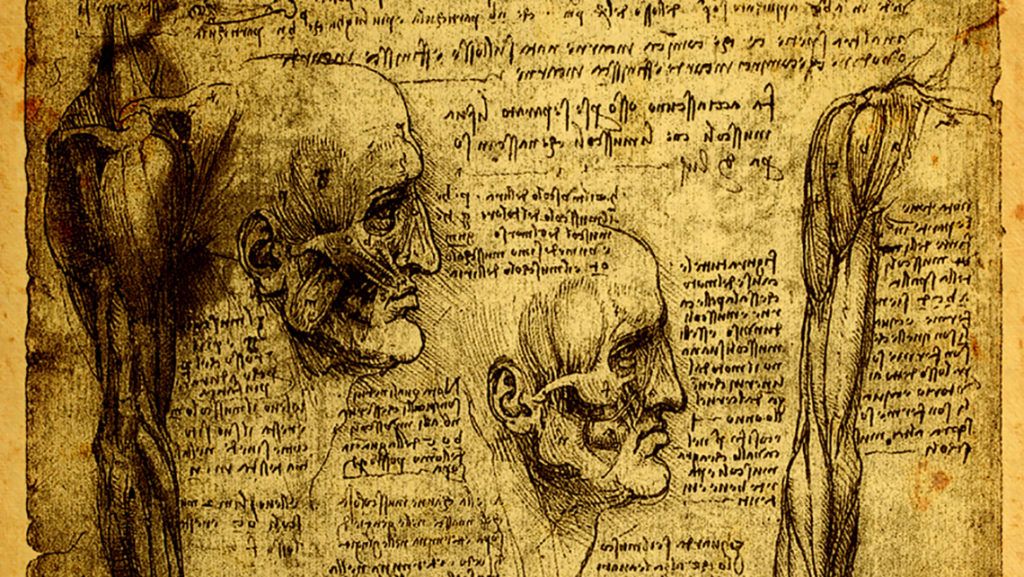
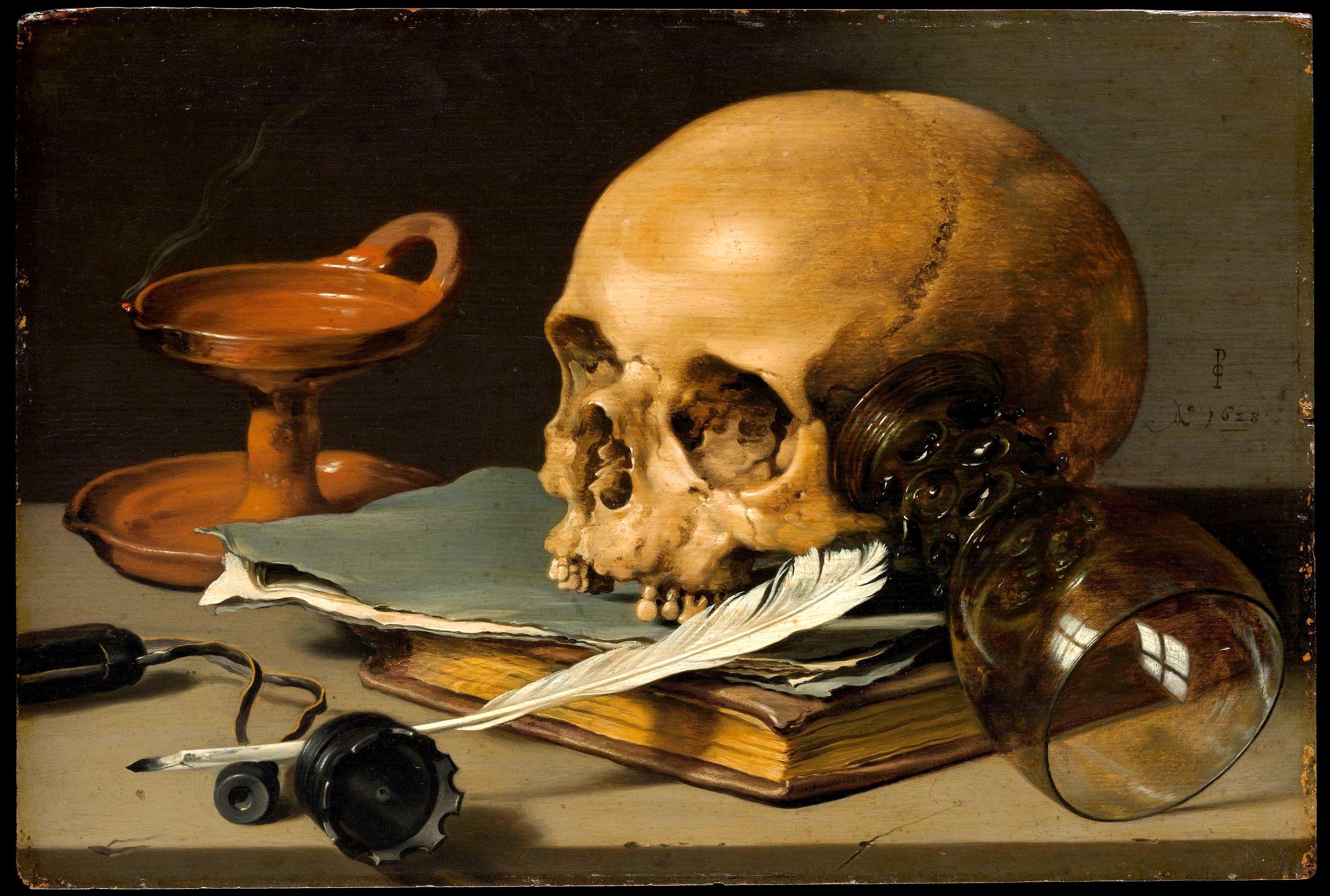
Természetesen az ördög és a halál ábrázolás azonos idejű a figurális ábrázolással, a középkori Akárki figurája mellet, vagy a kereszt ábrázolásai mellett sok helyen látható koponya, vagy sematikus csontváz ábrázolás. Viszont anatómiai helyessége a reneszánsz óta, Leonardo anatómia rajzaival, és boncolási tapasztalataival kezd pontossá válni. A "memento mori" azaz gondolj a halállal szimbólumaként sok próféta és szent asztalán, vagy polcán látható egy koponya. A későbbiekben a polgári réteg megerősödésével a németalföldi festészetben sokat megjelenő toposz a koponya. Mutatok is Hans Holbein csodás alkotásaiból, aki a Haláltánc sorozatában a társadalom keresztmetszetét adva mindenki mellé elhelyez egy csontvázat, utalva arra, bárhol is állsz jelenleg a világi ranglétrán, te sem tudod elkerülni azt, ami rád vár majd valamikor. A Nagykövetek című festményén pedig brilliánsan festi meg az emlékeztetőt: a kép alsó egyharmadában az a szürke folt egy koponya perspektivikusan torzított ábrázolása.
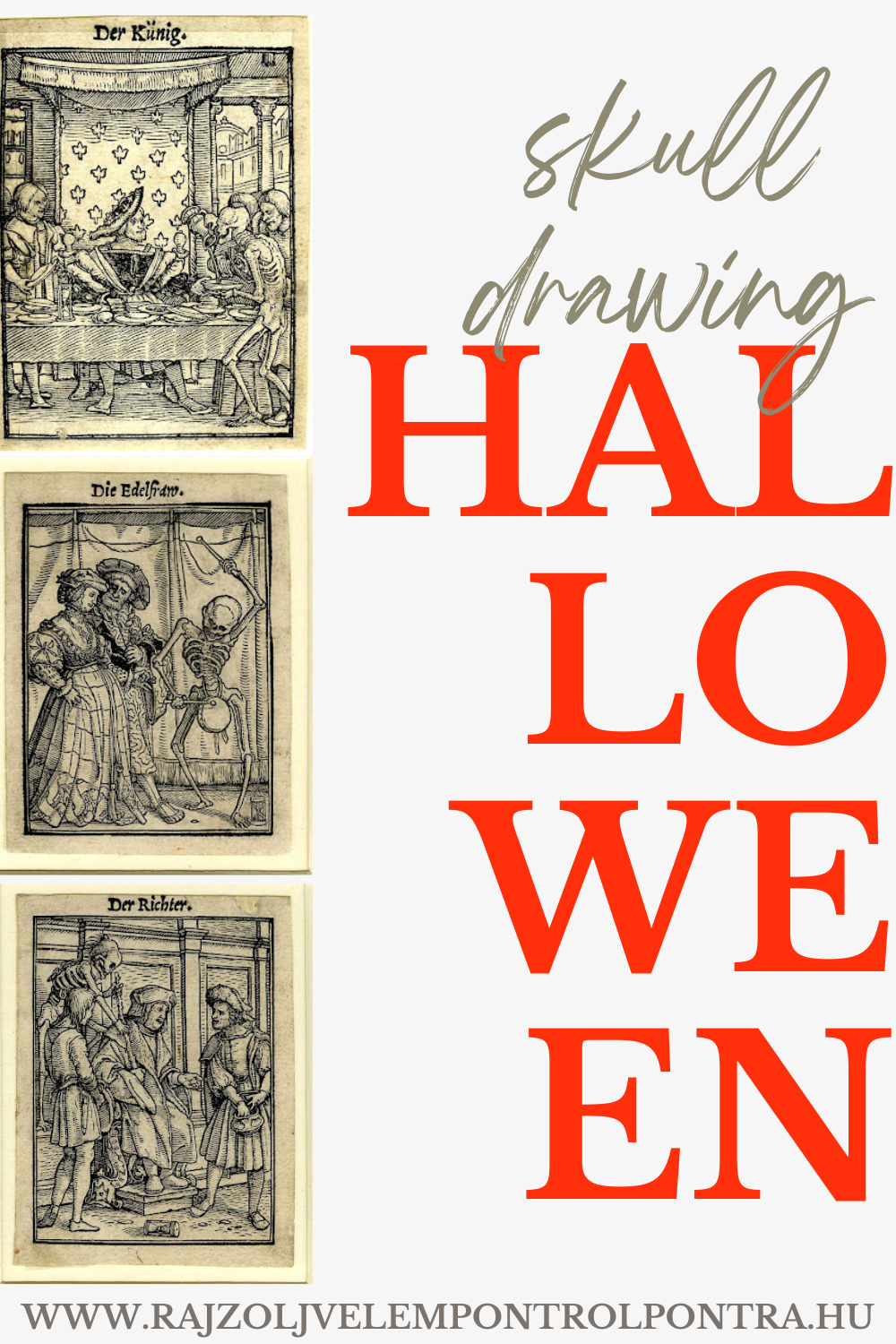
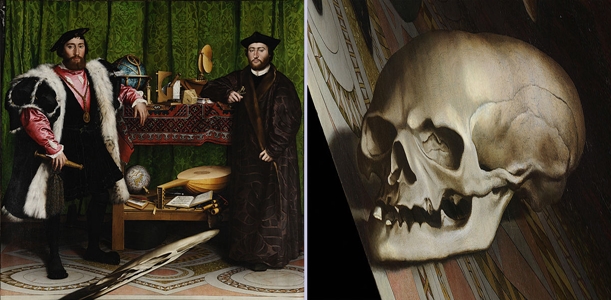
Tegyen mindenki belátása szerint, emlékezzen úgy, ahogy neki megfelelő. Viszont ha valaki szeretne firkálni, rajzolni, keresse fel a web oldalamat, a FREE menüpont alatt talál a tematikának megfelelő ingyenesen letölthető koponya sablonokat, zentangle mintákat és virág mintákat is. Szabadon felhasználhatóak, de a segítségre lenne szükség, a Rajzolj velem pontról pontra You Tube csatornáján sok-sok tutorial video találhatok a sablonok felhasználásához, kreatív tippekkel, ötletekkel karöltve. Ha pedig szertnél még olvasni a Halloween és a Sugar skull eredetéről, ajánlom az alábbi BLOG cikkemet:
https://rajzoljvelempontrolpontra.hu/halloween-es-a-sugar-skull-hagyomanya/
Örömteli időtöltést kívánok mindenkinek itt és most!
If "The Lilies of the Field," "Carpe Diem," "Here and Now," and "Halloween" were character names in a movie, what would the movie title be, and what would be the relationships between the characters? Who would be the hero, who the victim, and is there a savior? And where would the story take place? What is the connection between them?
If I had to answer these questions, I would respond like this: Letters appear on my monitor at the pace my fingers touch the keys. The wall is white, and the music is pleasant. My answer may seem a little odd, but let me explain why! When I first think about the list of names in the title, I don’t find any connections between them, but on second thought, I find many. If I had to illustrate all this, I would imagine a huge shared set, with a few identical words: time, mystery, life, and death. Perhaps time is the most questionable one, but for me, it’s one of the most defining. When we think of the Sermon on the Mount, Jesus uses the lilies of the field as an example against worrying when asked what the "antidote" to worry is. In my mind, based on the descriptions, I imagine a large crowd surrounding Him, and upon hearing the question, He gestures toward the valley and offers a completely paradoxical response: "Look at the lilies of the field, how they grow: they do not labor or spin. Yet I tell you, not even Solomon in all his splendor was dressed like one of these." (Matthew 6:28-29). In other words, He saw that scene right then and there, and He simply called the listeners’ attention to be present, to observe. By the way, lilies are monocots, not dicots, meaning they contain no duality or doubt.
This is similar to "Carpe Diem," which means "Seize the day" or "Live for the moment." It could lead to hedonism, as in, "Today is all we have, who knows what tomorrow brings, let’s grab everything we can now because this is life." Horace’s famous quote is also familiar to me from Dead Poets Society, where Robin Williams’ character teaches the students not to chase life but to live the possibilities of the present with this motto. "Here and Now" is also a phrase widely used in our time. It’s becoming more and more frequent in media, even in therapeutic settings, breaking internal monologues, or as the guiding principle of mindfulness, since psychology increasingly incorporates mental techniques that have long been effective in various Eastern traditions. According to Zen teachings, only this moment exists: here and now, just as Jesus demonstrated on the mount. And these simple, contemplative moments are what make up our lives, helping us unite with our tiny, mustard-seed-sized inner faith, which, when it grows, becomes a tree in which the birds of the air make their nests.
This is how I’m celebrating Halloween this year: by focusing on my mustard-seed-sized, undivided inner self, remembering those who are no longer with me. Those who were important, without whom the "here and now" would not exist in any form. The Christian culture also celebrated Halloween, but different customs formed around it, and it was given different names. It’s true that we can argue about how it ended up here, and that we observe All Saints’ Day and Day of the Dead. Yes, that’s true. But for me, based on the above, the experience of the moment is more important, what all this points to, than the recurring debate that surfaces every year. I even looked back through my studies about skull imagery, and without aiming for completeness, I’ll share some of my favorites with you. Naturally, depictions of the devil and death are as old as figurative representation itself. Alongside the medieval Everyman figure or crucifix depictions, skulls or schematic skeletons can be seen in many places. However, anatomical accuracy started to improve since the Renaissance, with Leonardo’s anatomical drawings and dissection experiences. The "memento mori," or "remember death," became a symbol, often seen on the desks or shelves of prophets and saints. Later, with the rise of the bourgeoisie, the skull became a common topos in Dutch painting. I’ll also show you some wonderful works by Hans Holbein, who, in his Dance of Death series, places a skeleton beside each person, showing a cross-section of society and reminding us that no matter where you stand on the worldly ladder, you too cannot escape what awaits you someday. In his painting The Ambassadors, Holbein brilliantly paints a reminder: the grey blur in the lower third of the image is a perspectively distorted depiction of a skull.
Everyone should do as they see fit, and remember in a way that is meaningful to them. However, if someone wants draw zentangel, or doodle art, feel free to visit my website, where in the FREE section, you’ll find downloadable skull templates, zentangle patterns, and flower designs suitable for the theme. They’re free to use, and if you need help, the Drawing step by step YouTube channel offers many tutorial videos on how to use the templates, along with creative tips and ideas. I wish everyone joyful time spent here and now!
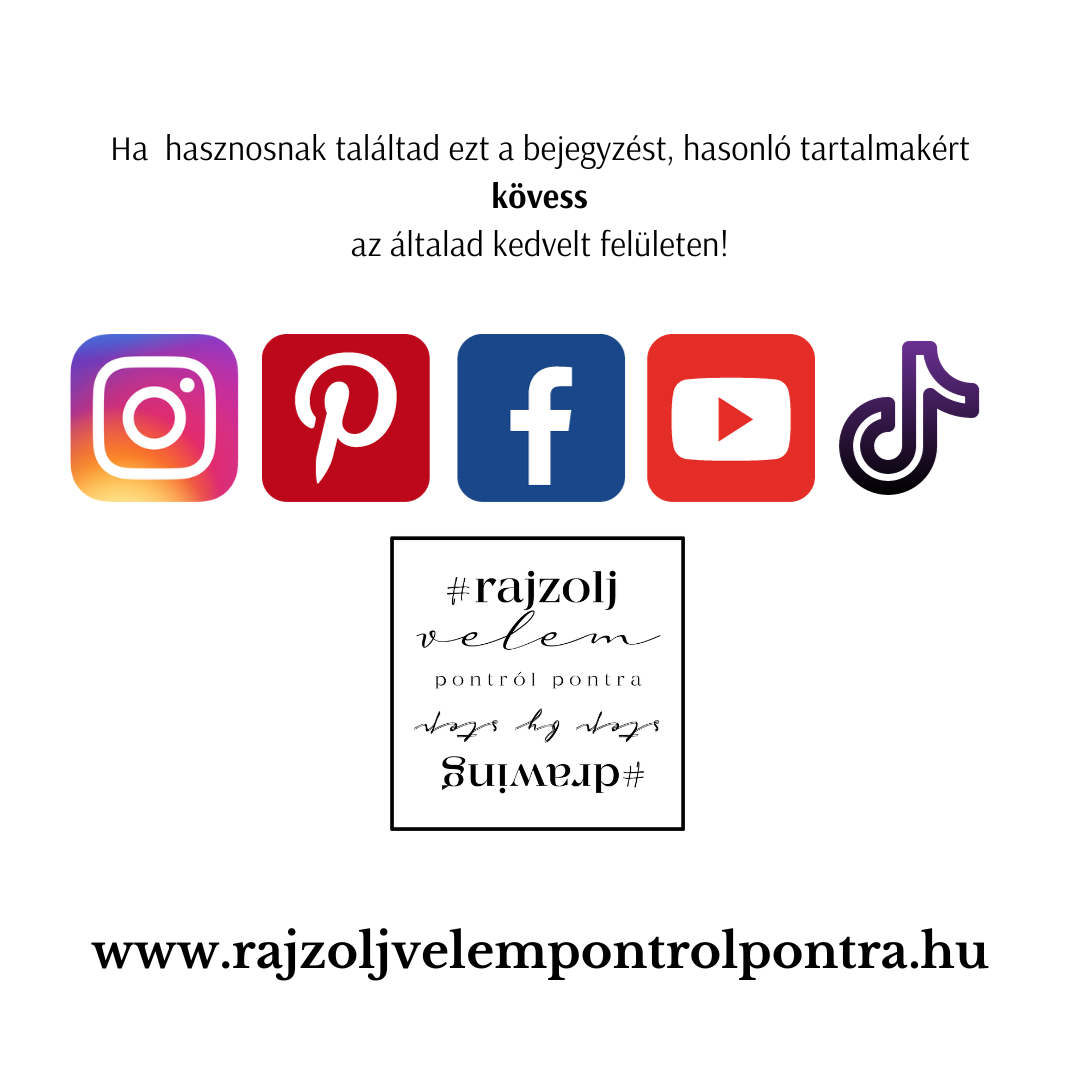
Képek: Internet, Wikipedia
Pictures: Internet, Wikipedia
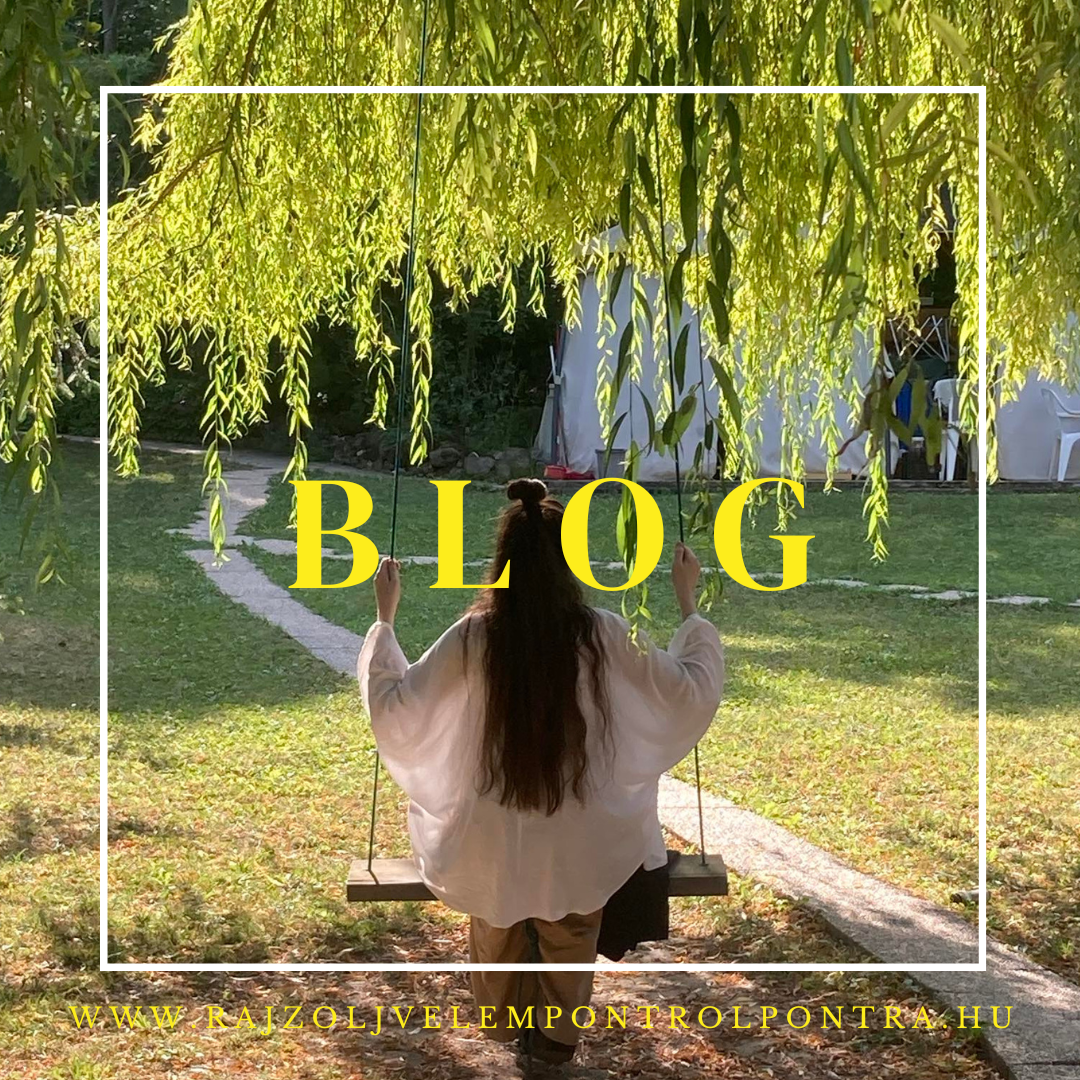
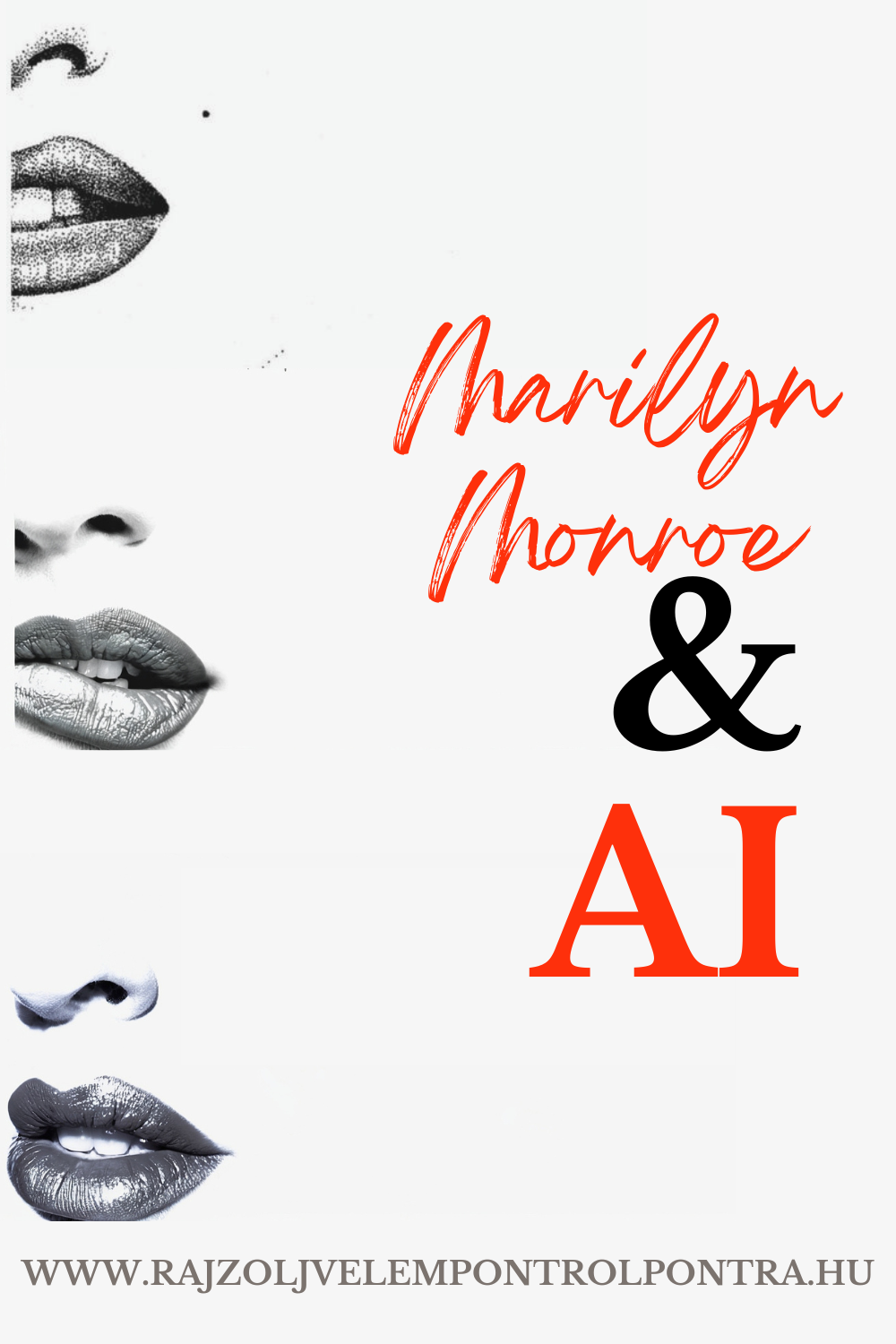
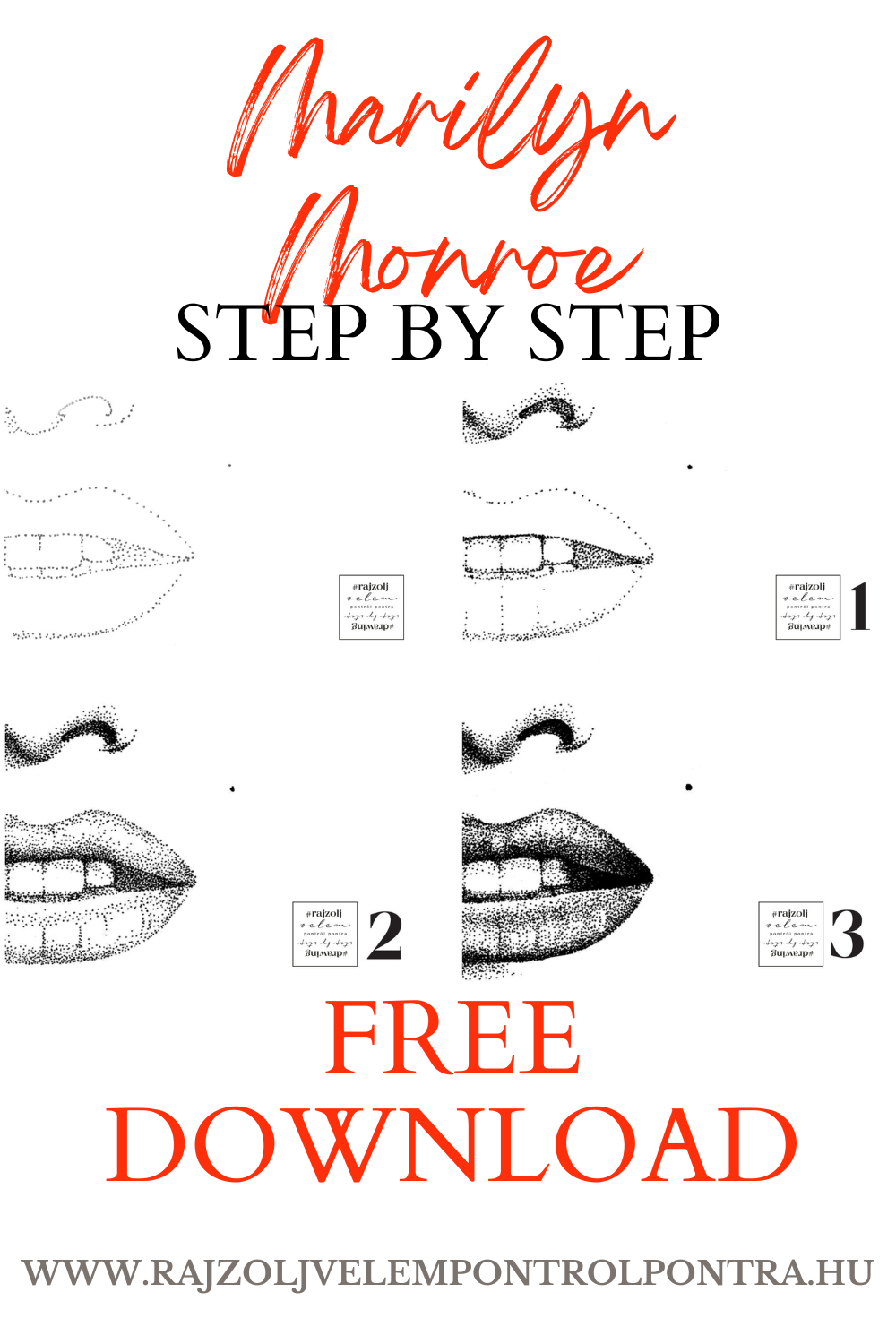

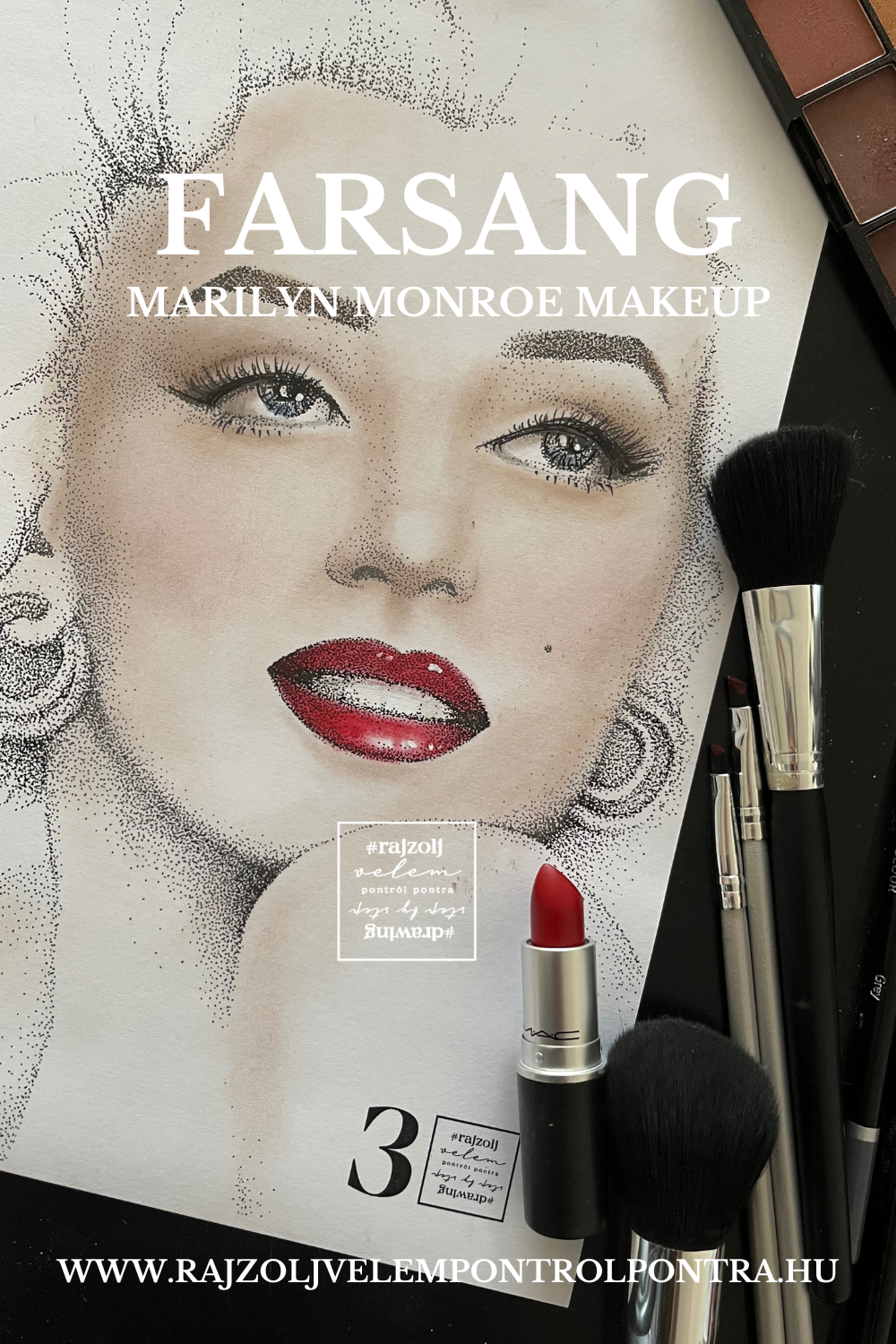
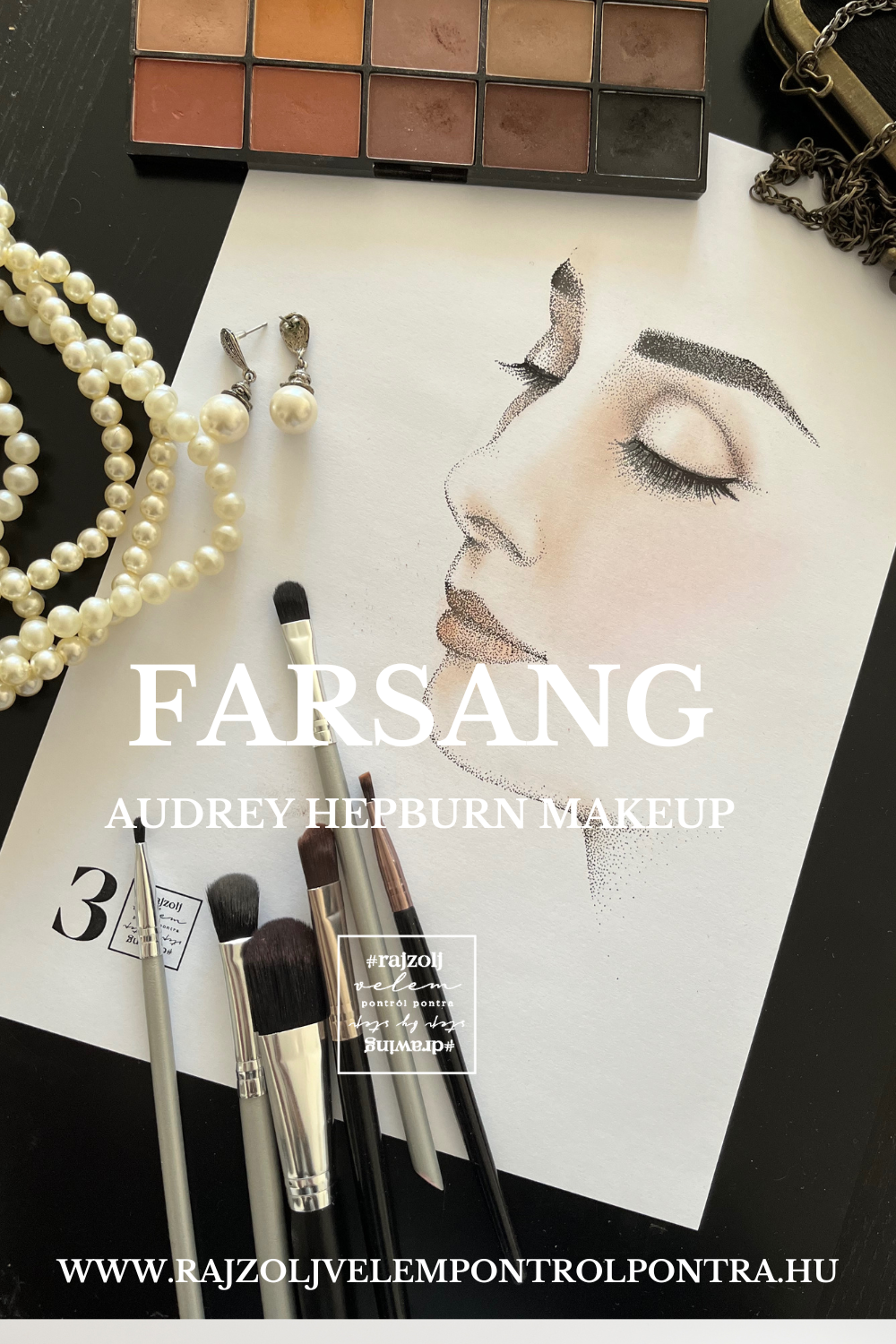


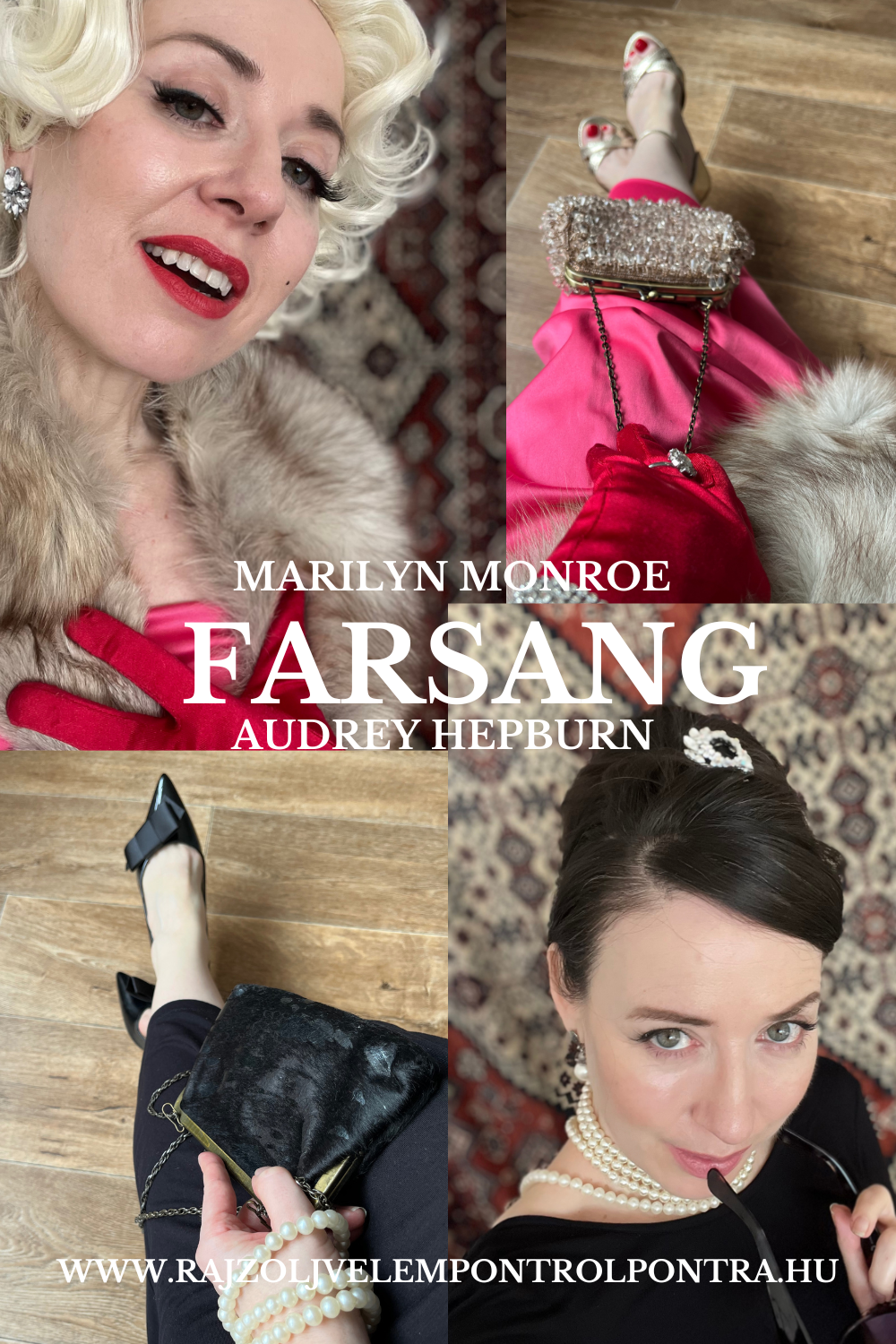



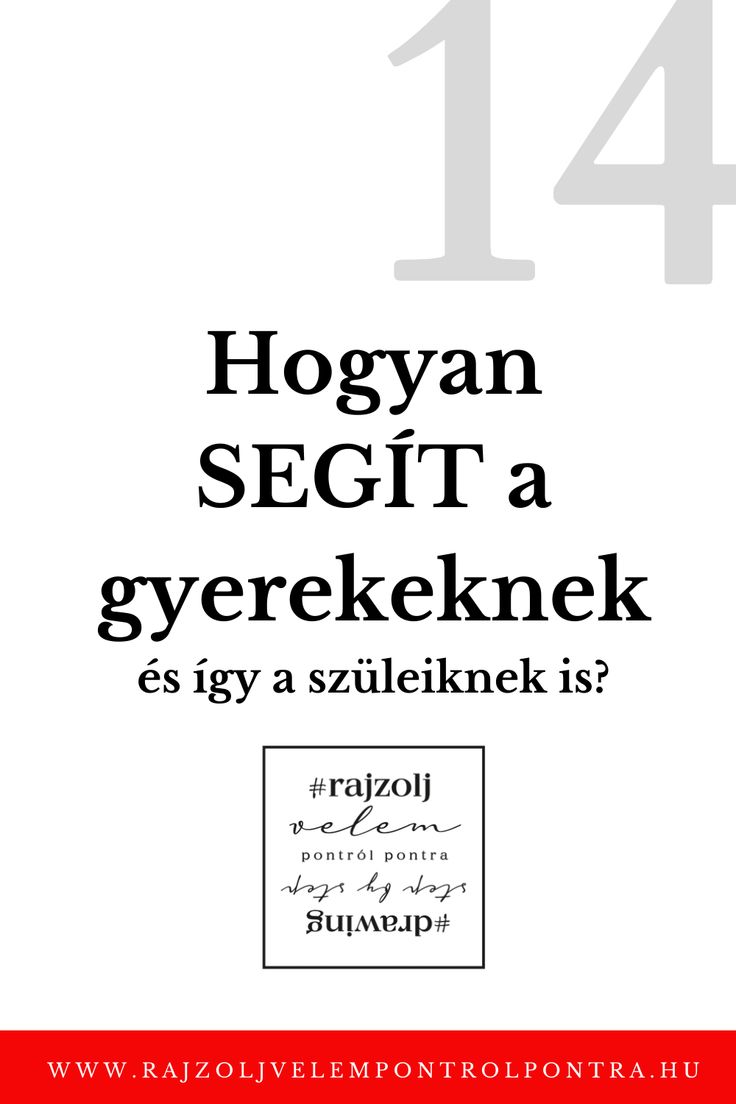

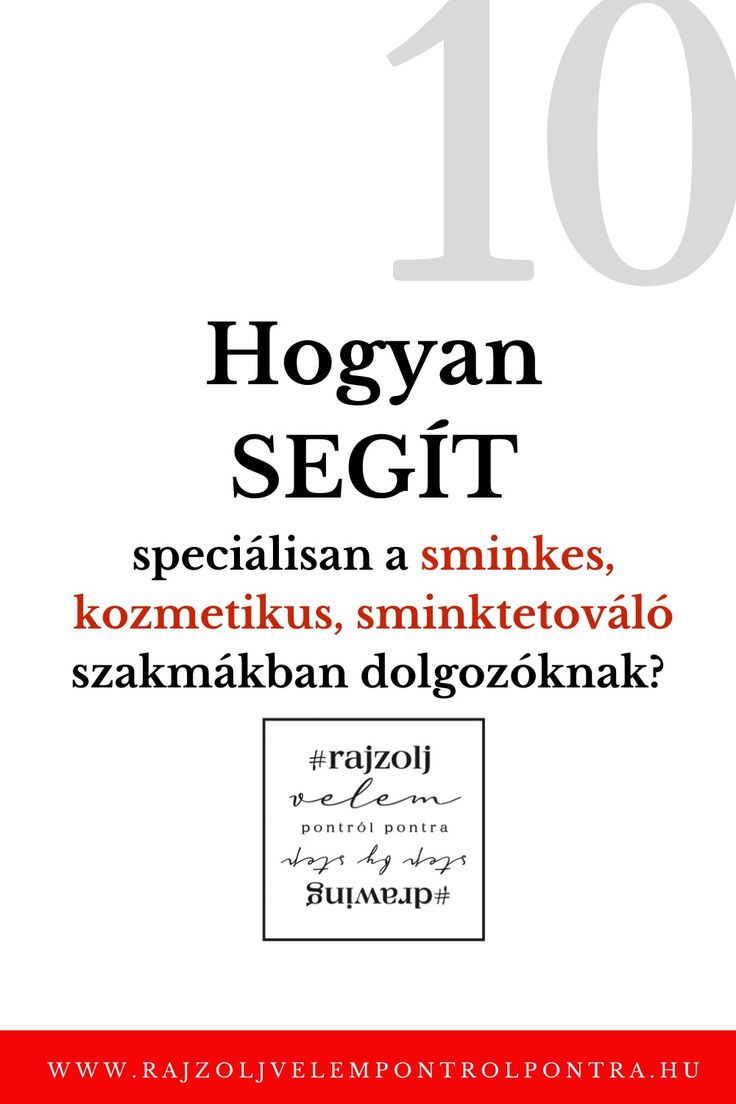
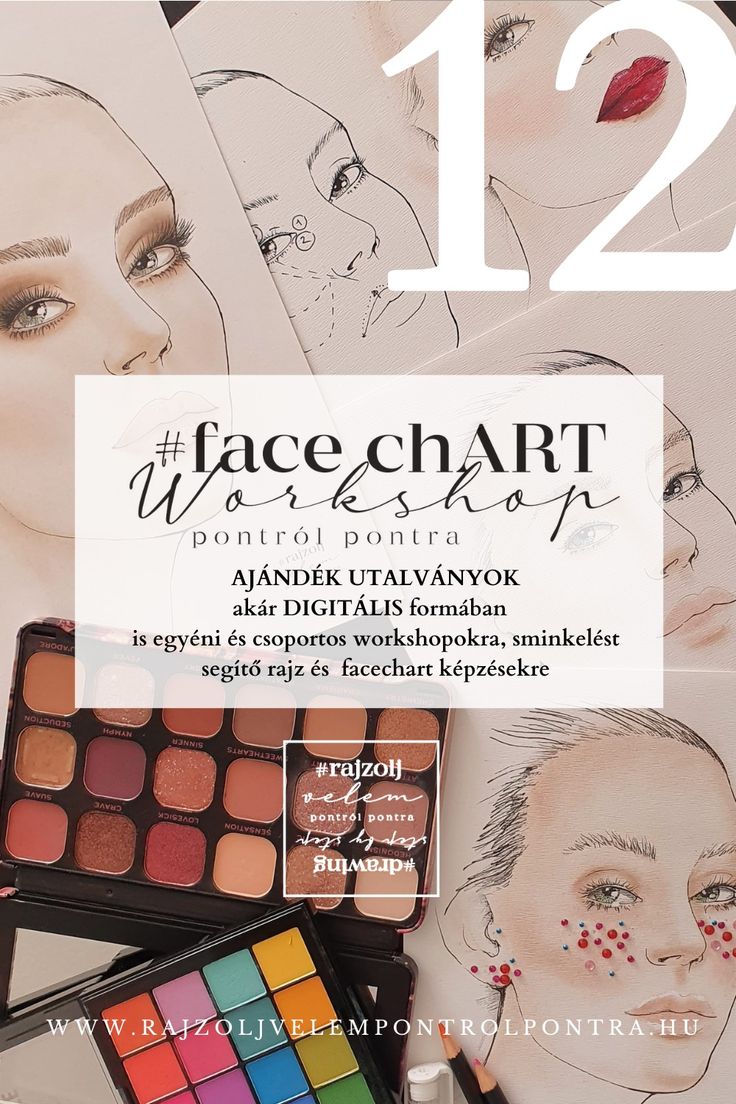
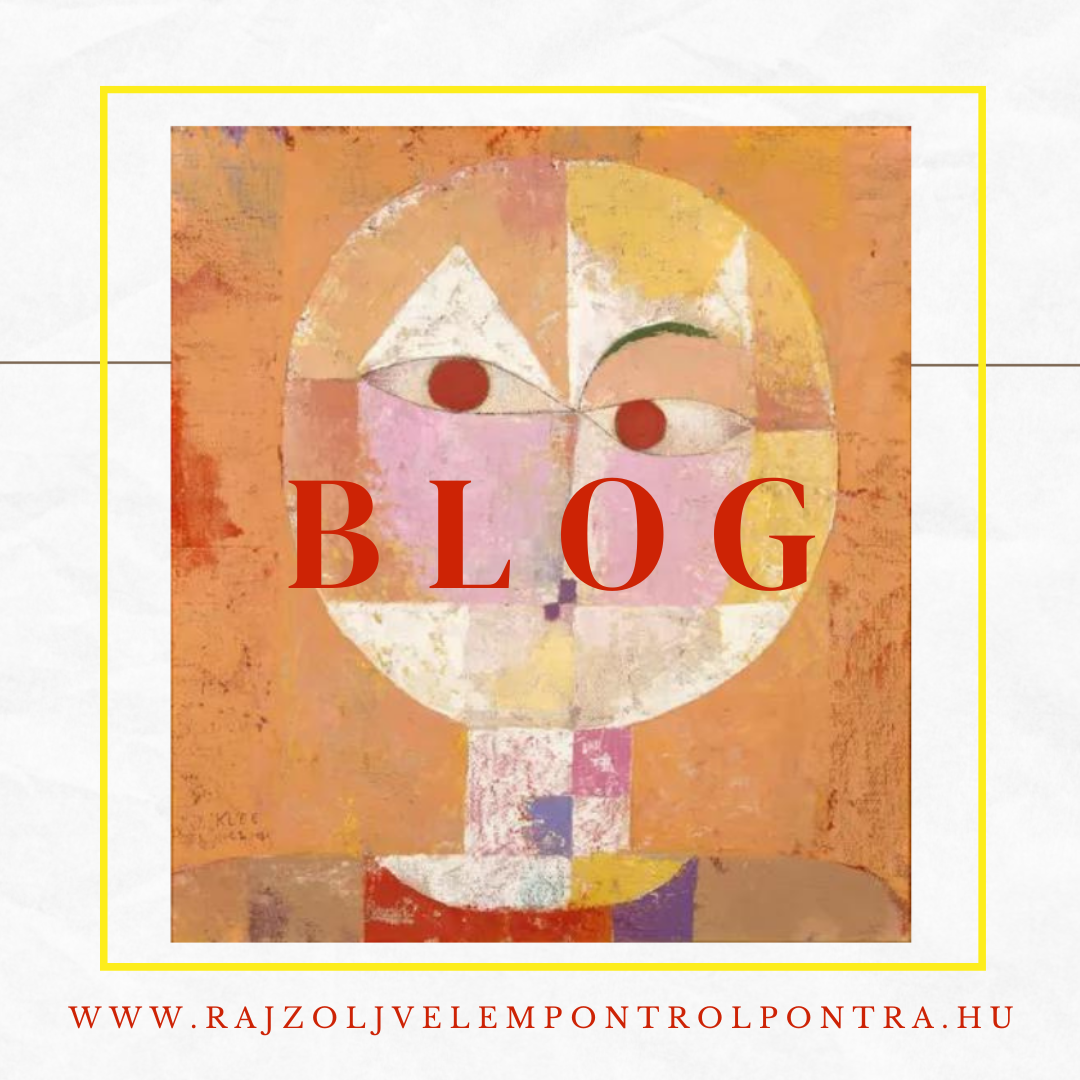
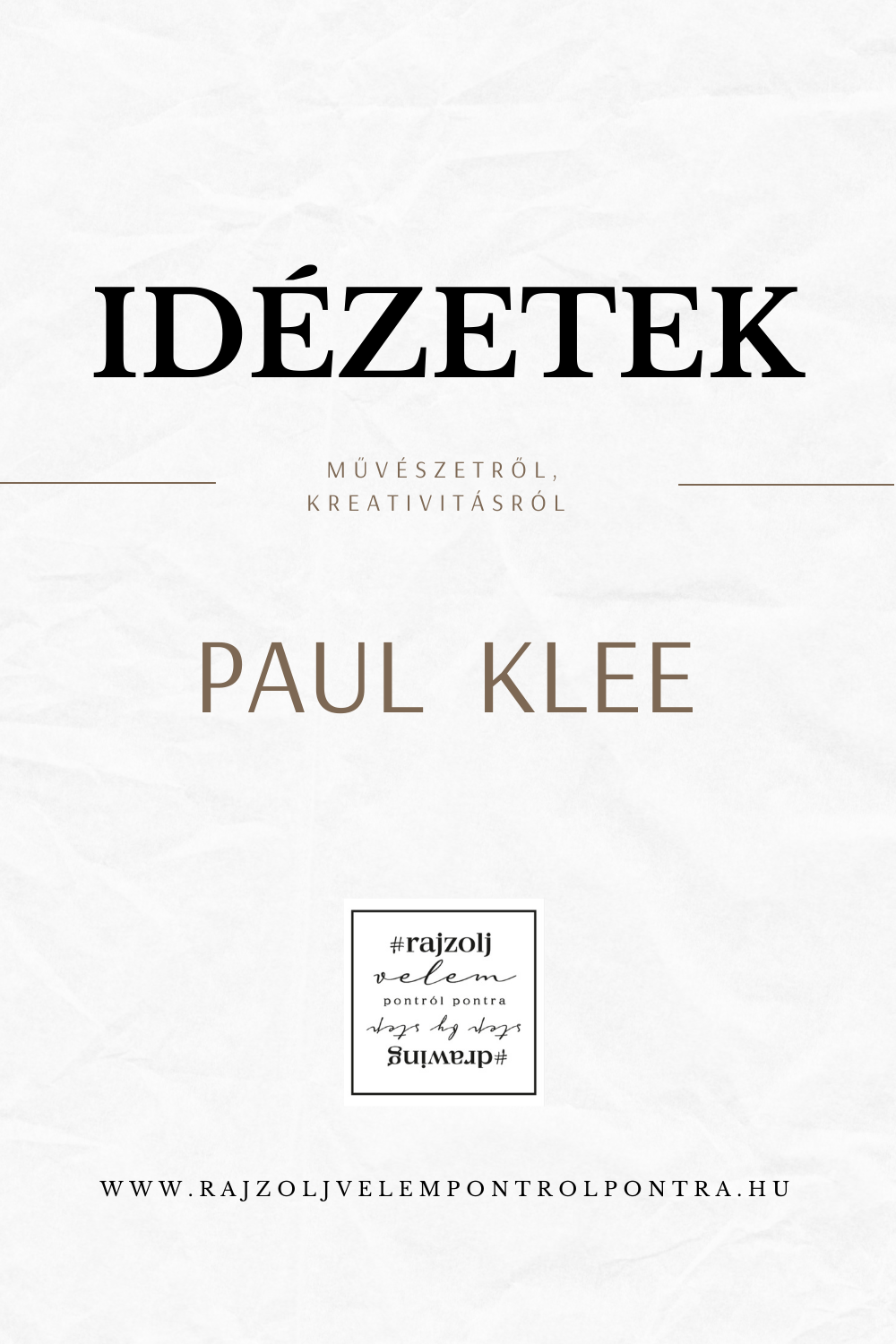
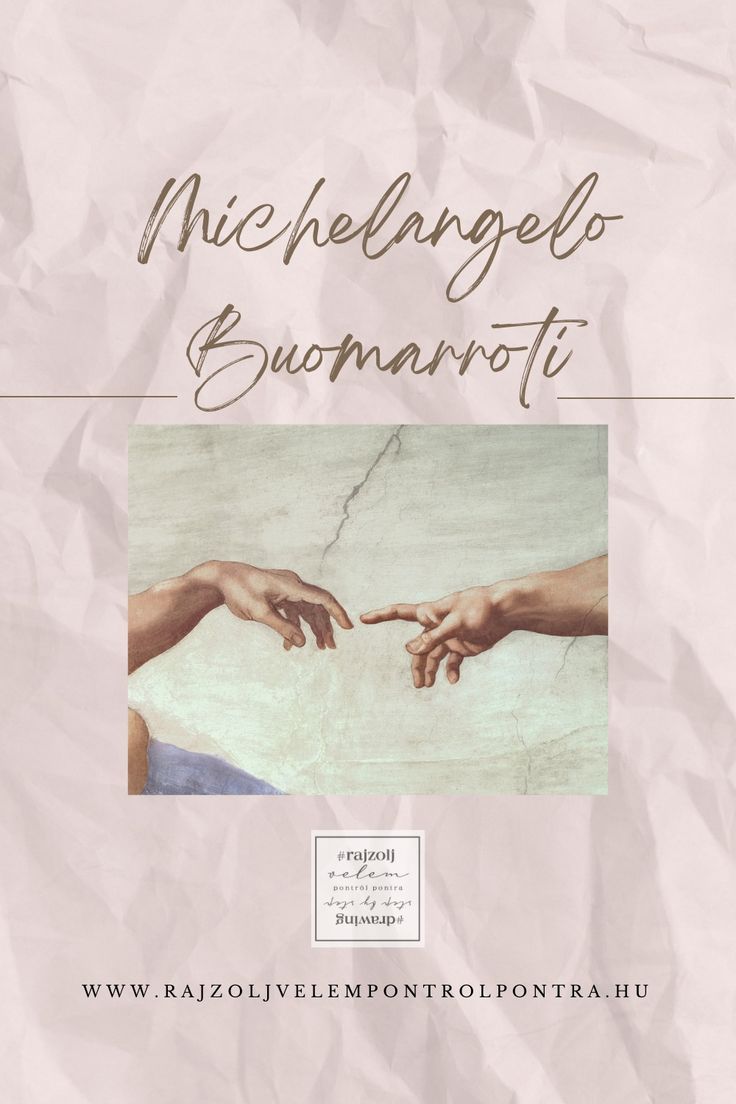
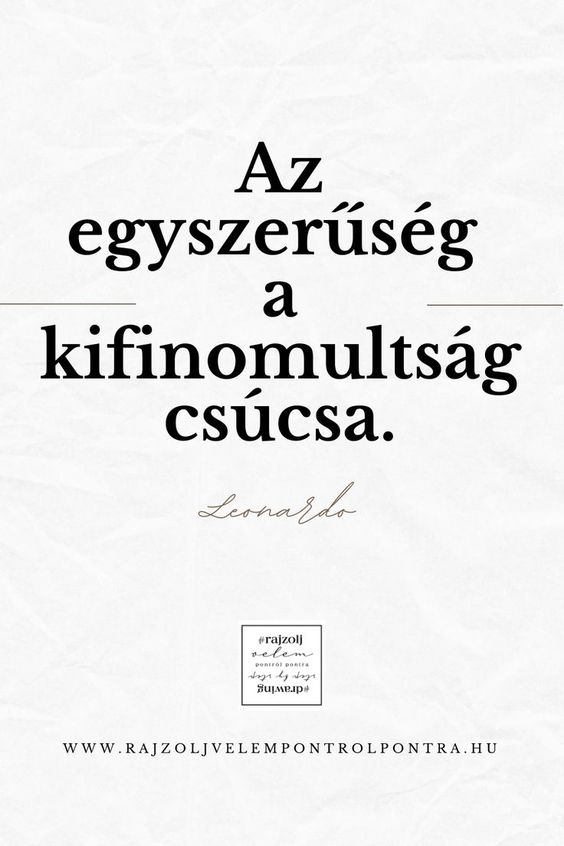
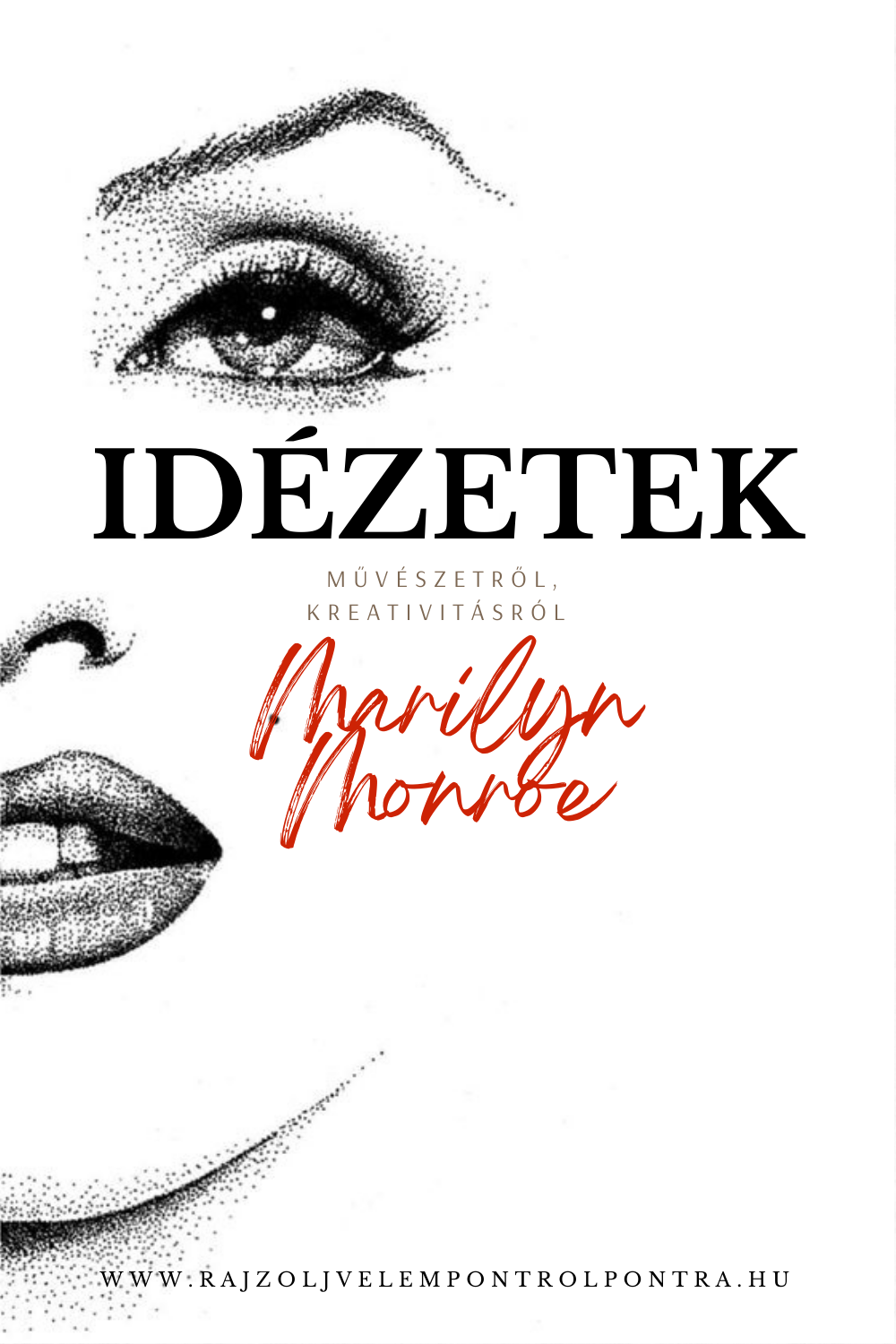
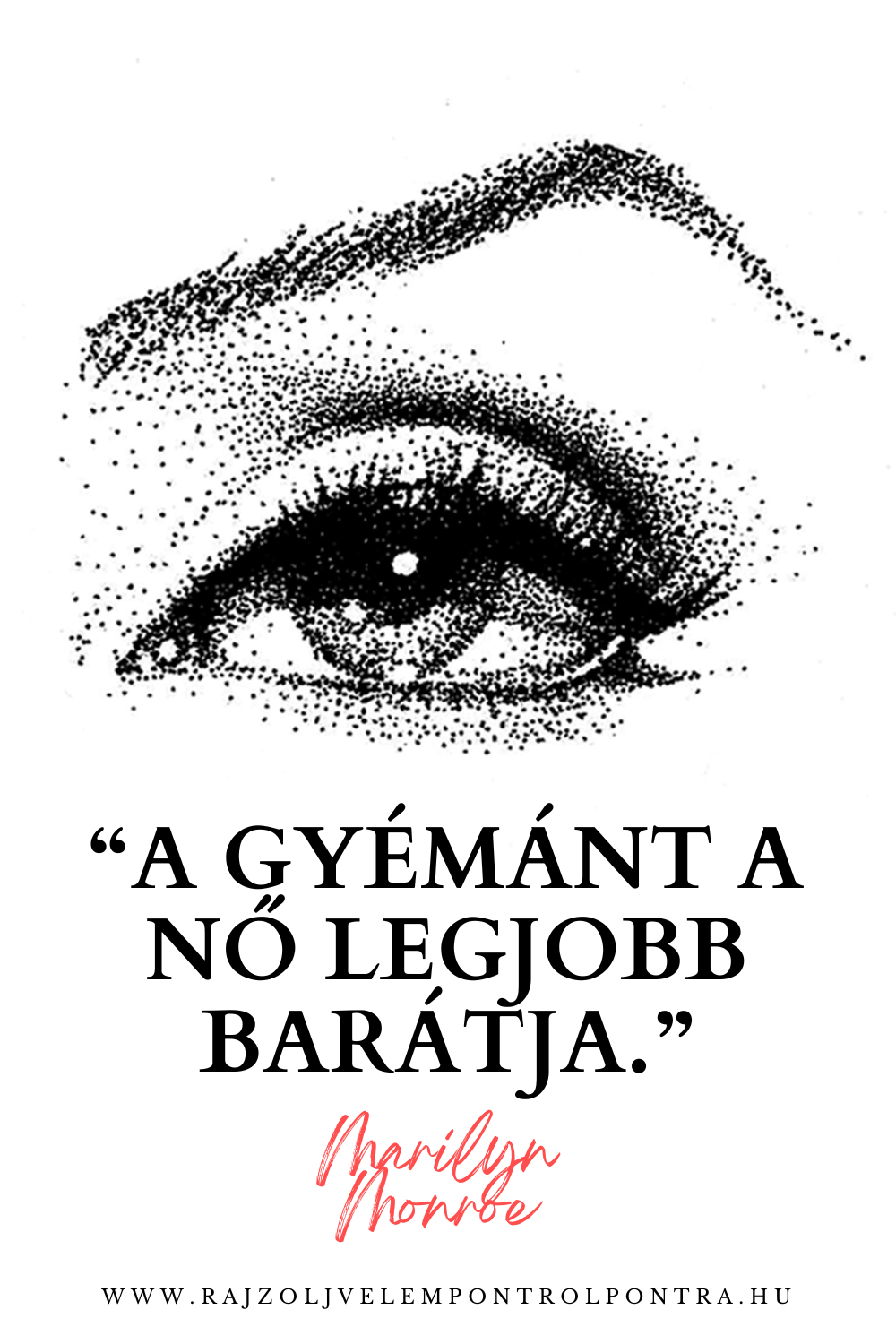
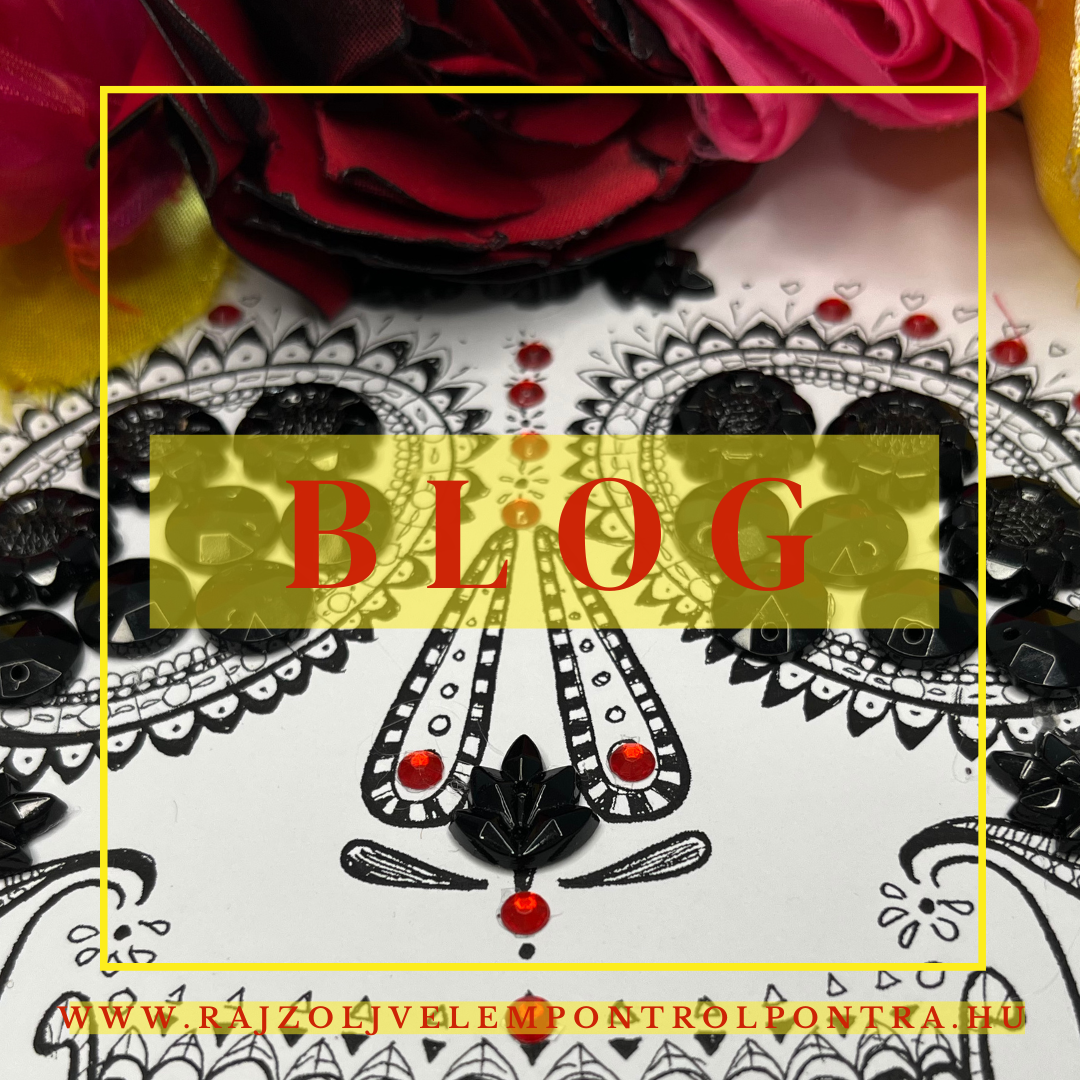 A Halloween megosztó ünnep, pedig a keresztény kultúránkban a Halottak napja és a Mindenszentek ünnepével emlékezünk meg ugyan erről: a földi élet múlandóságáról, a test fájdalmáról, az őseinkről, akik által az élet érkezett és ezzel együtt az élet öröméről is. A kelta eredetű ünnepkör az amerikai kúltúrával találkozva a halál és elmúlás fizikai megjelenítését domborítja ki. A bevándorló írek hite szerint a halottak szelleme visszatér október 31-én és ezért bújnak jelmezekbe, hogy megzavarják őket. Ha figyelmesek vagyunk, ugyan ez az összes "alakoskodás", beöltözés szerepe minden kultúrában, minden varázsló szertartás esetén. Így kerül a képbe minden "nem élő" megjelenése, aki a másik, a halottak birodalmában van : tündérek és koboldok a jó oldalról, boszorkányok, és ártó szellemek a rossz oldalról.
A Halloween megosztó ünnep, pedig a keresztény kultúránkban a Halottak napja és a Mindenszentek ünnepével emlékezünk meg ugyan erről: a földi élet múlandóságáról, a test fájdalmáról, az őseinkről, akik által az élet érkezett és ezzel együtt az élet öröméről is. A kelta eredetű ünnepkör az amerikai kúltúrával találkozva a halál és elmúlás fizikai megjelenítését domborítja ki. A bevándorló írek hite szerint a halottak szelleme visszatér október 31-én és ezért bújnak jelmezekbe, hogy megzavarják őket. Ha figyelmesek vagyunk, ugyan ez az összes "alakoskodás", beöltözés szerepe minden kultúrában, minden varázsló szertartás esetén. Így kerül a képbe minden "nem élő" megjelenése, aki a másik, a halottak birodalmában van : tündérek és koboldok a jó oldalról, boszorkányok, és ártó szellemek a rossz oldalról.